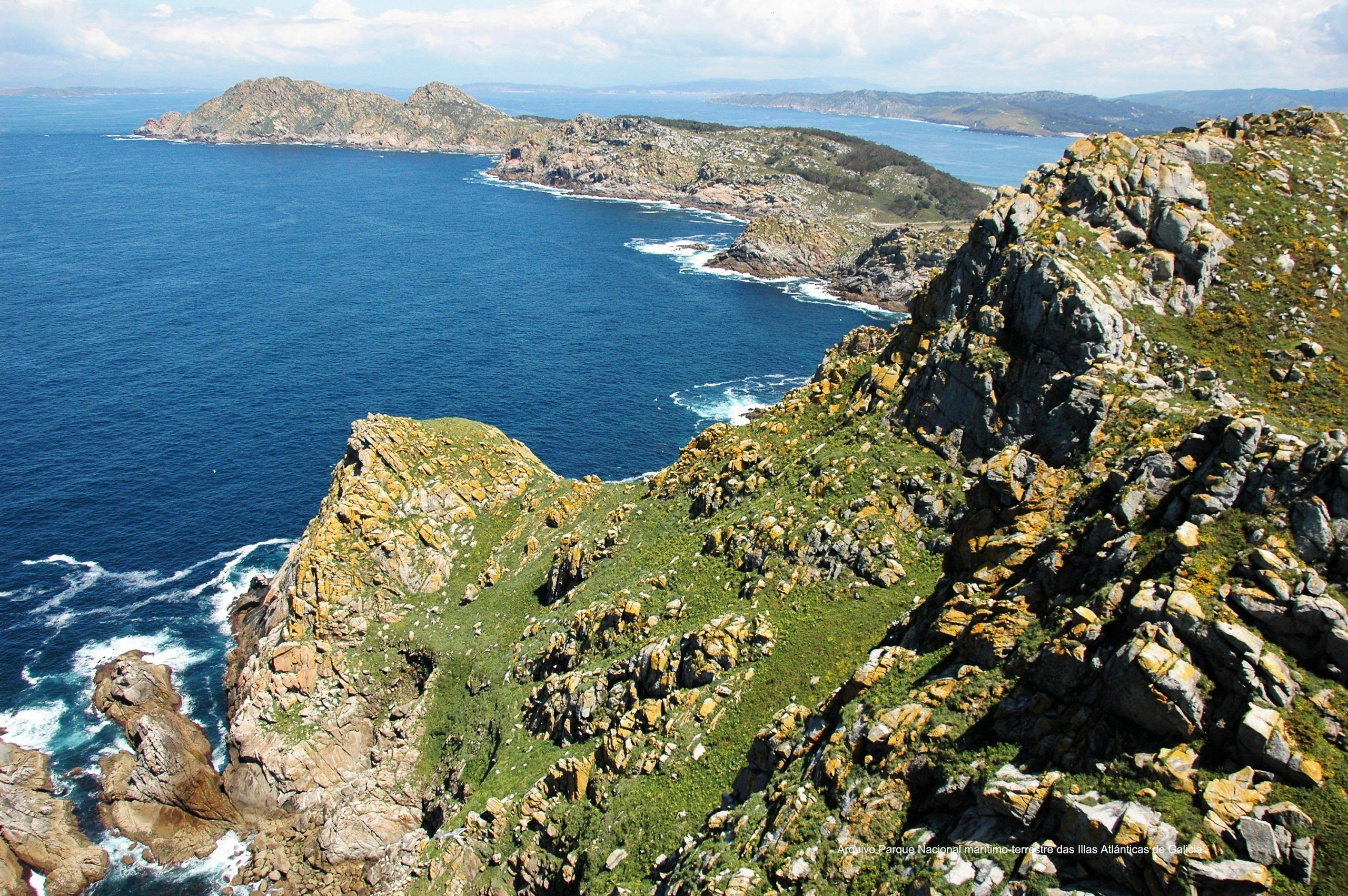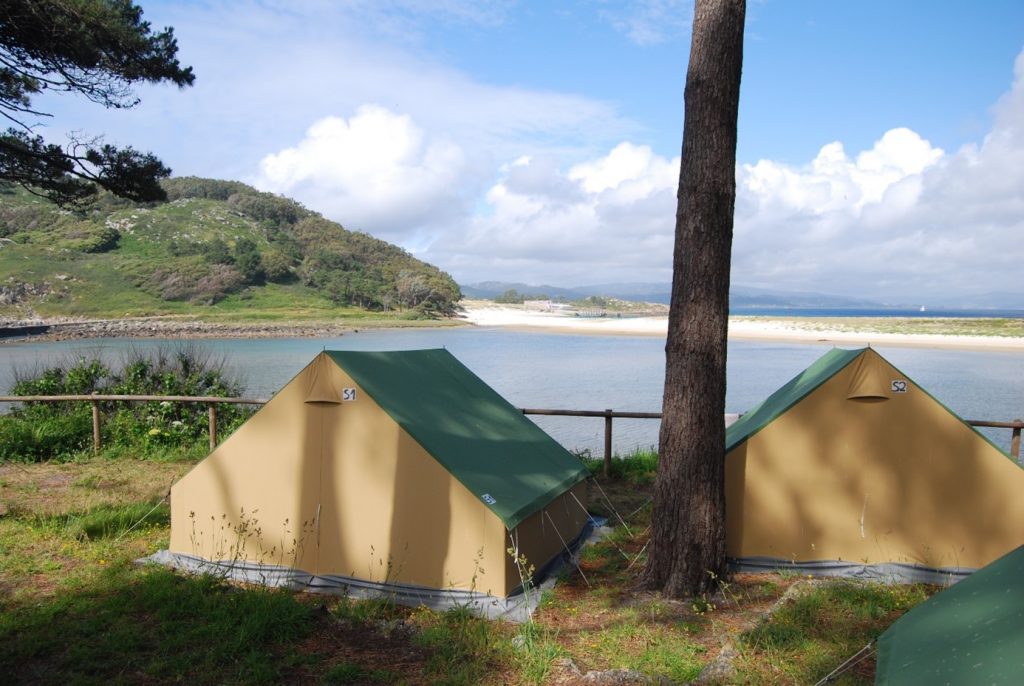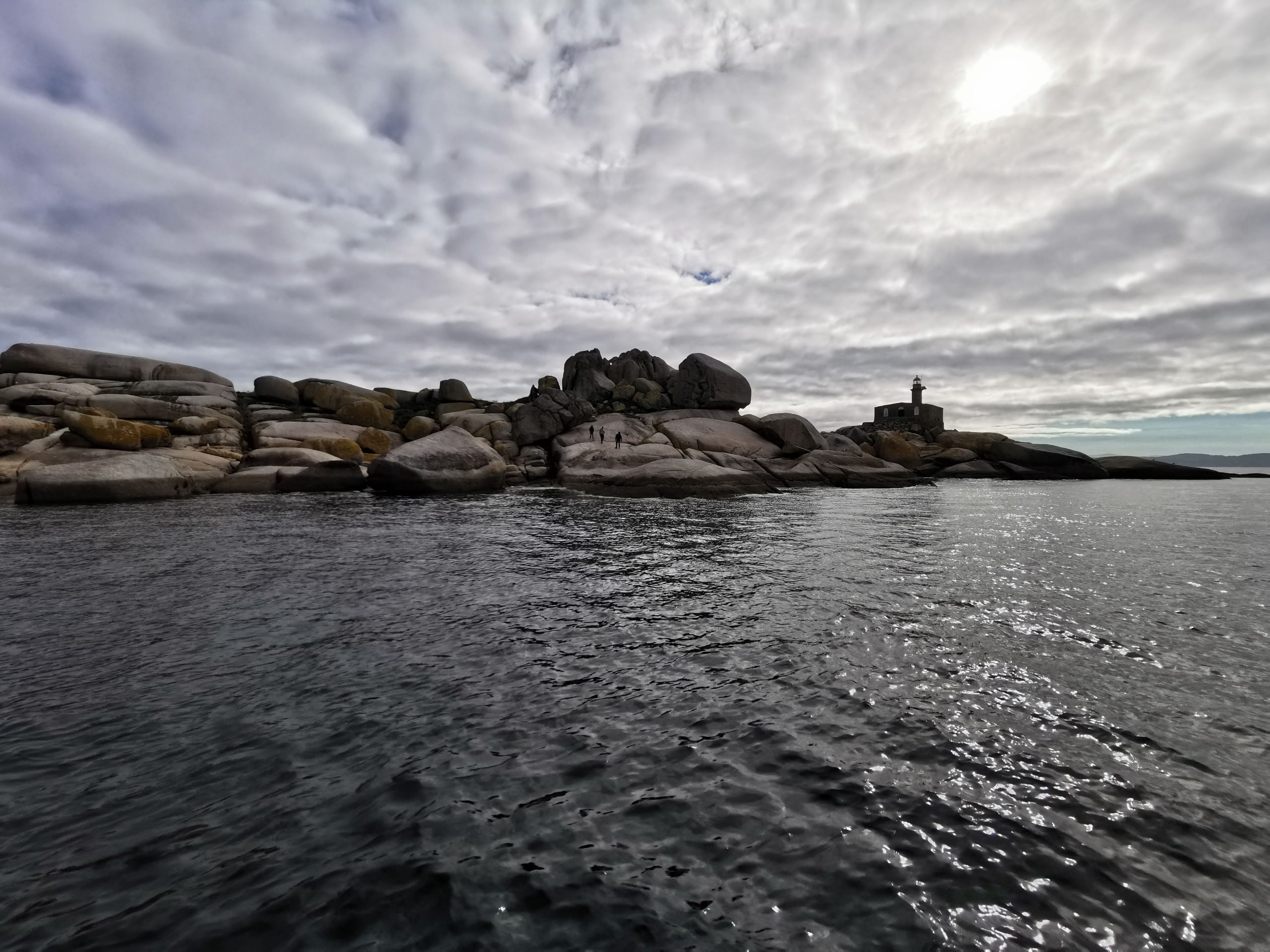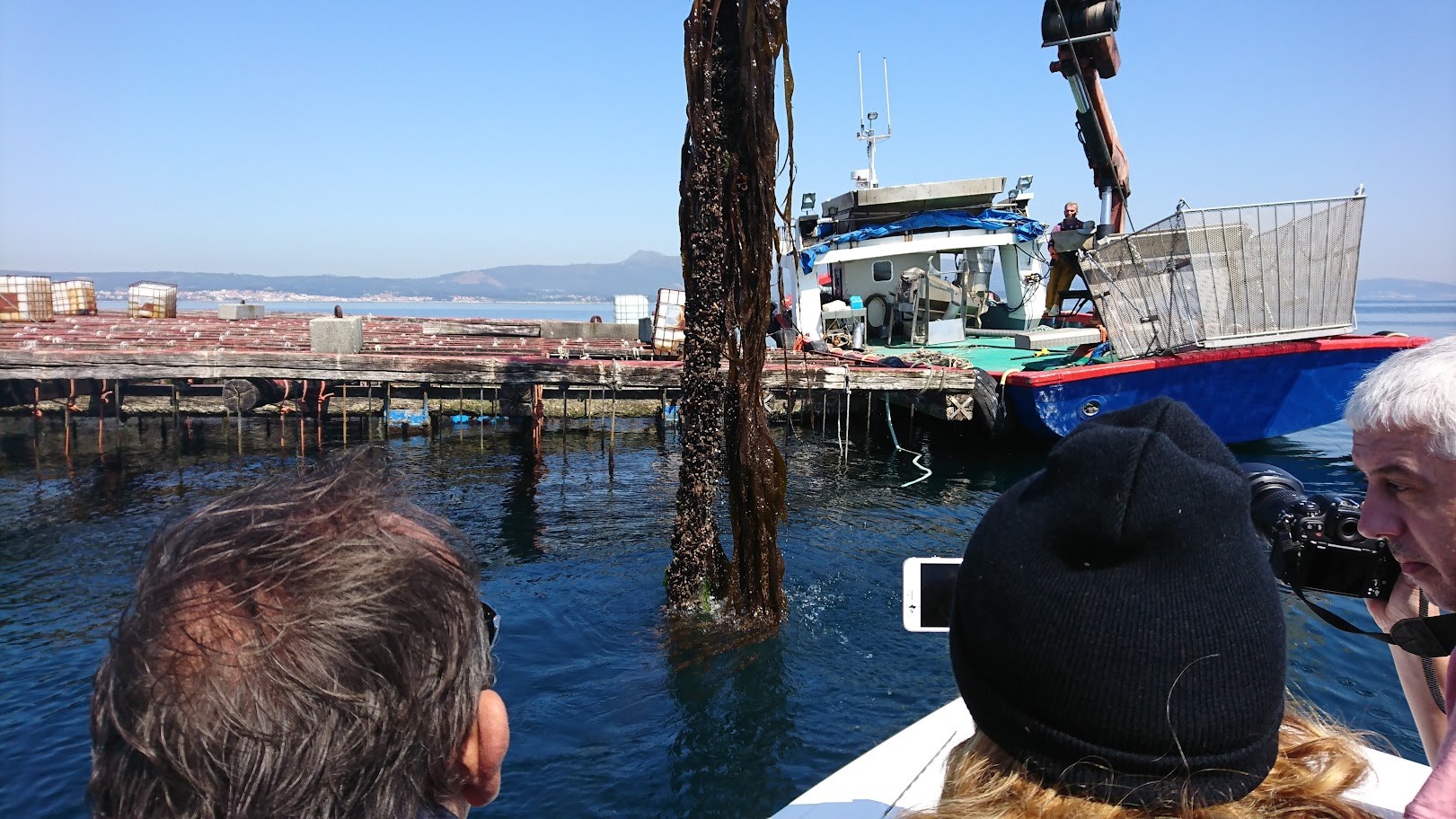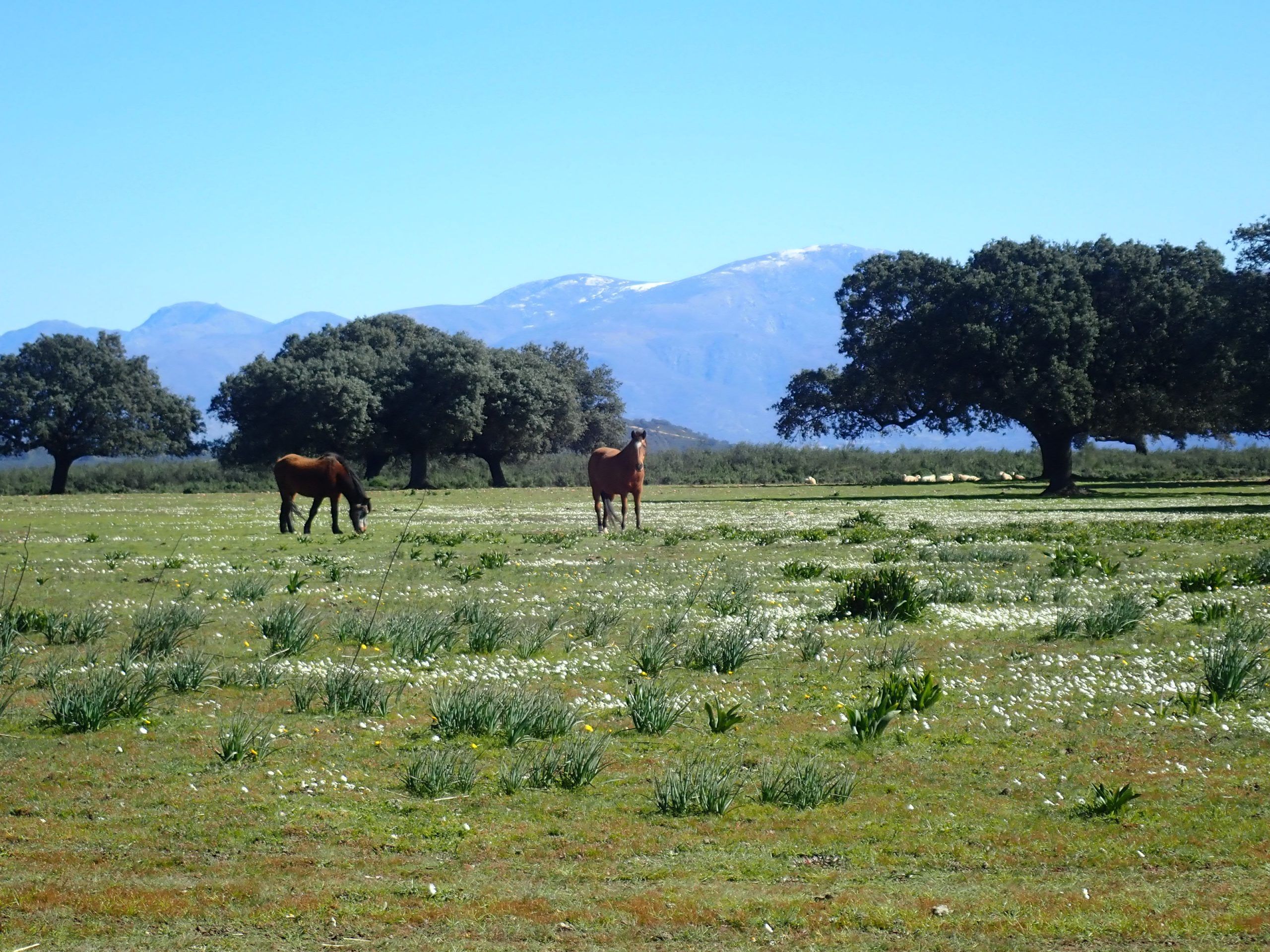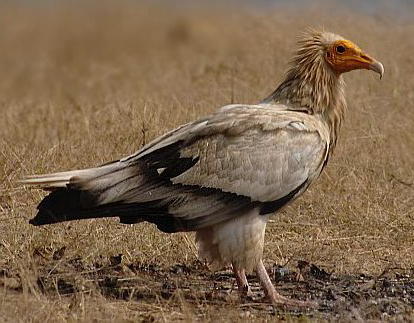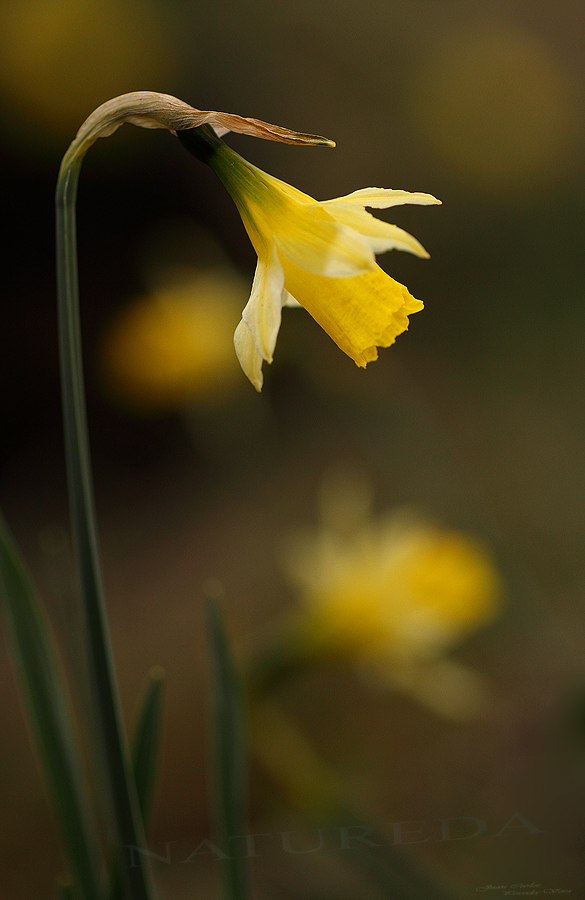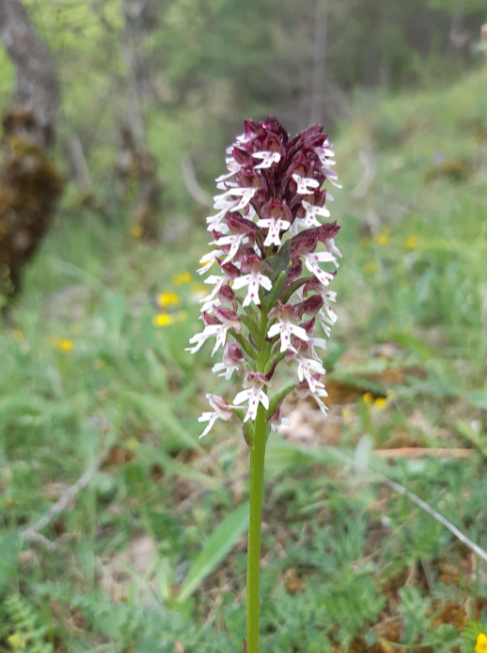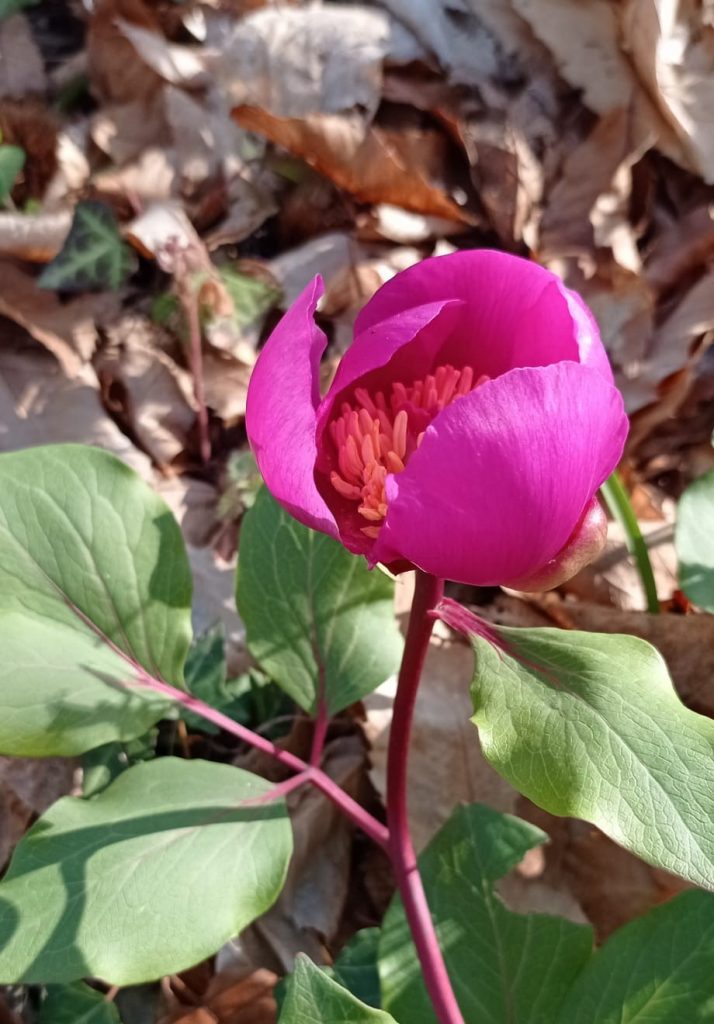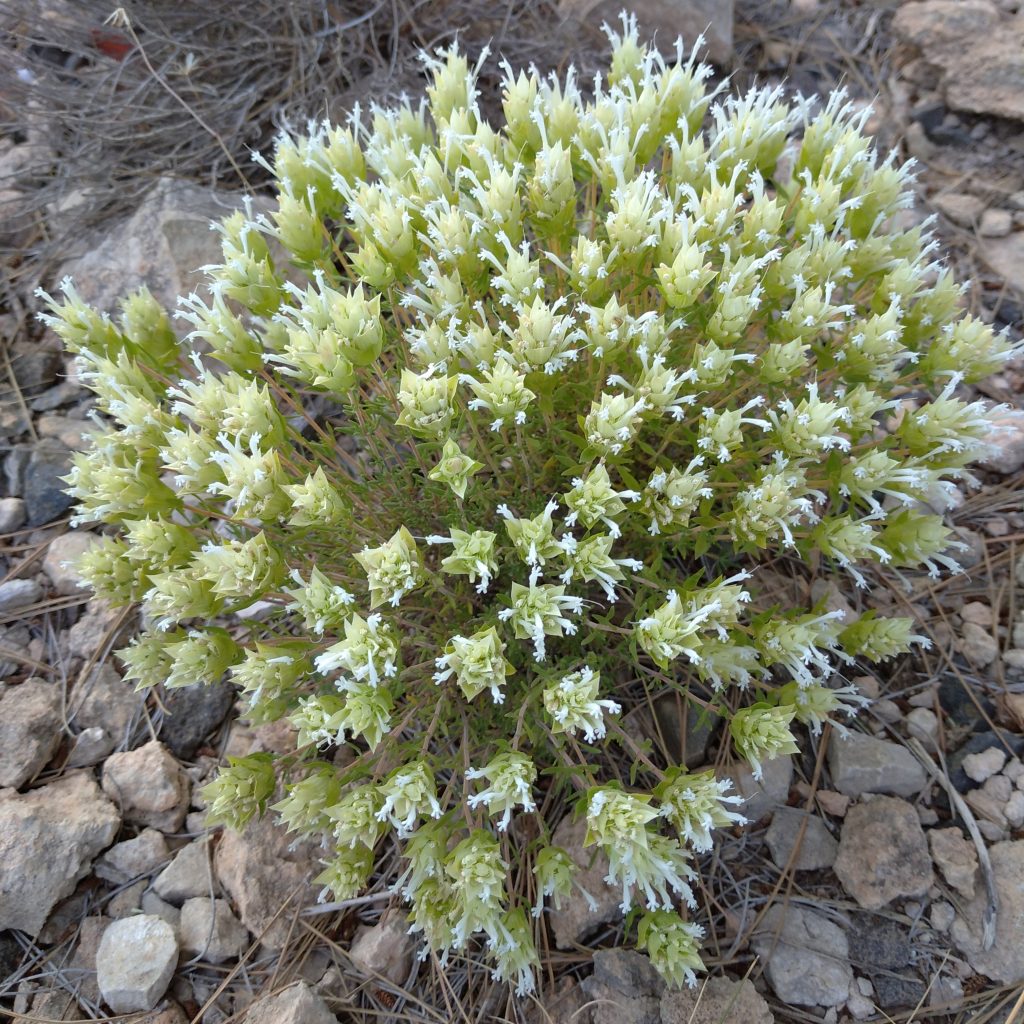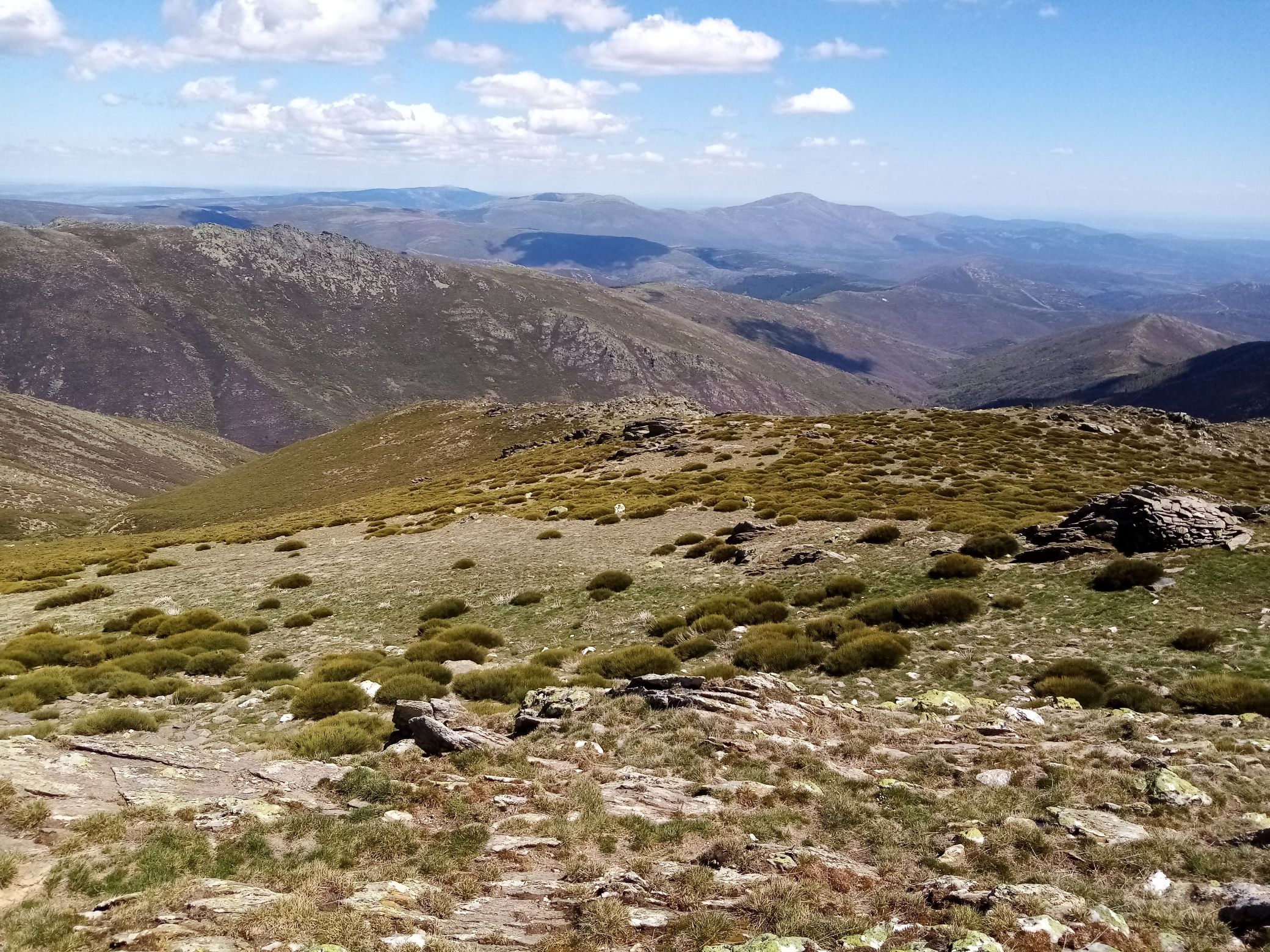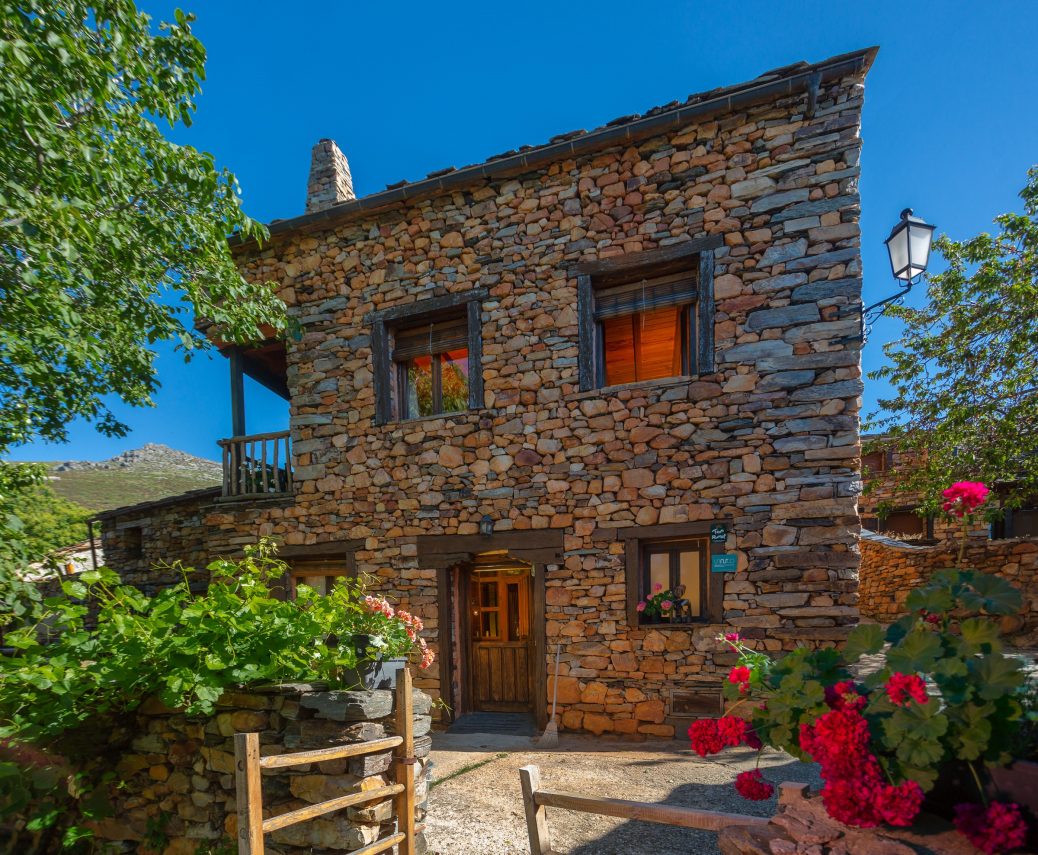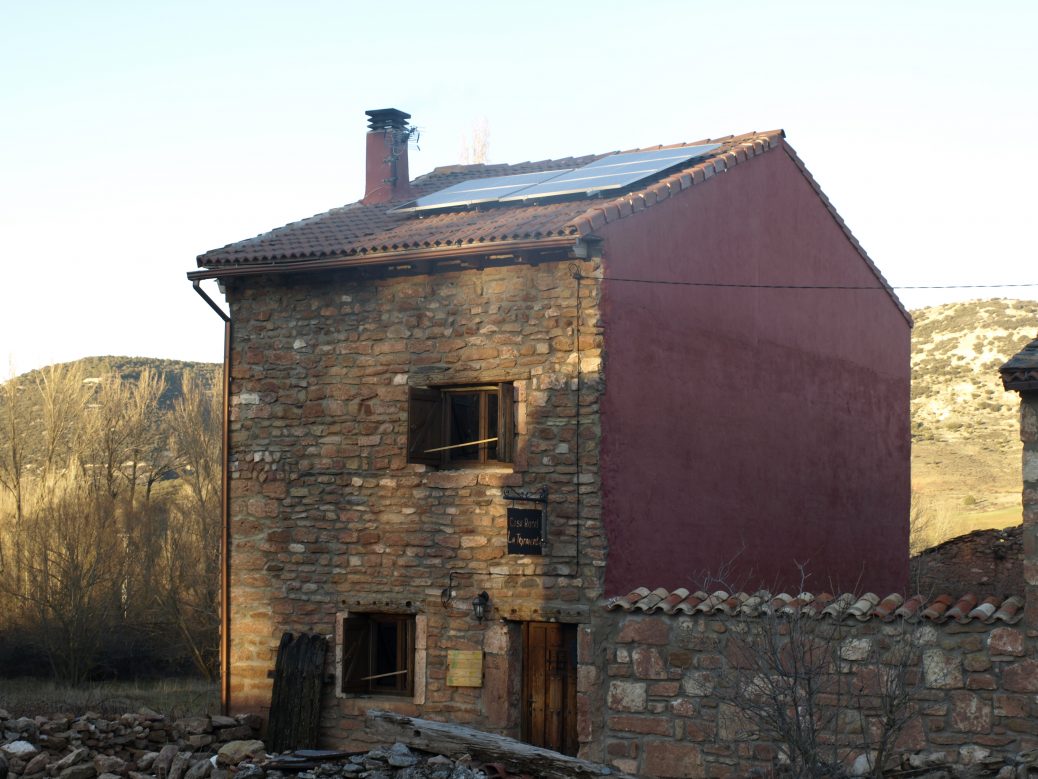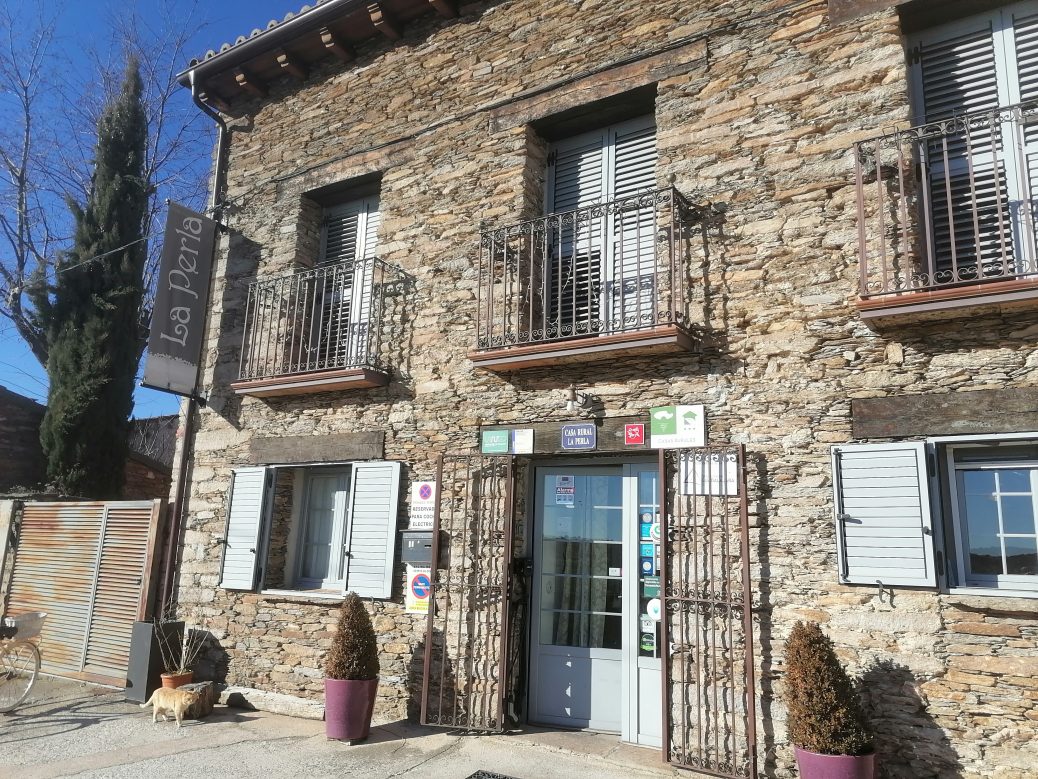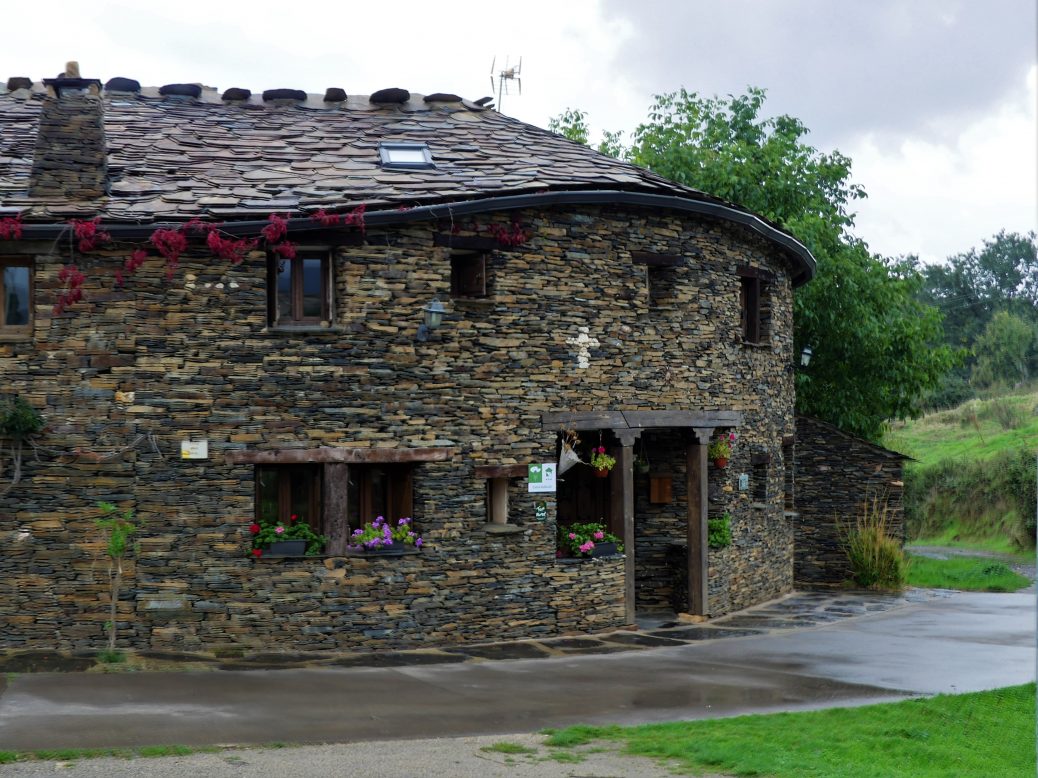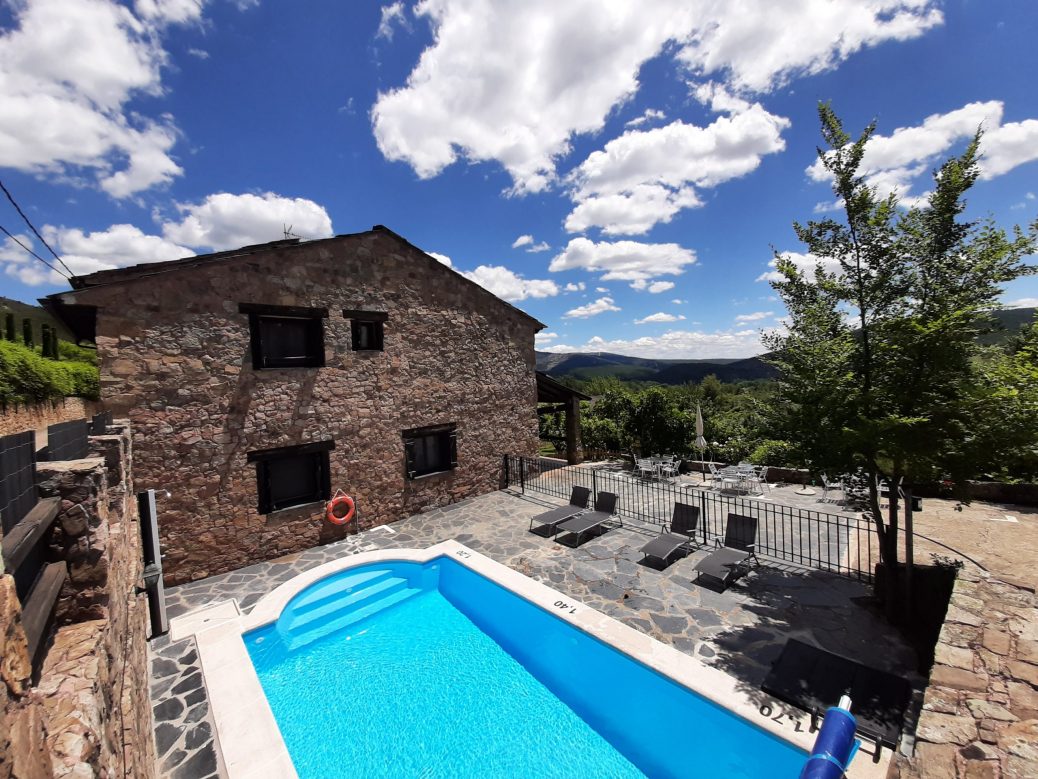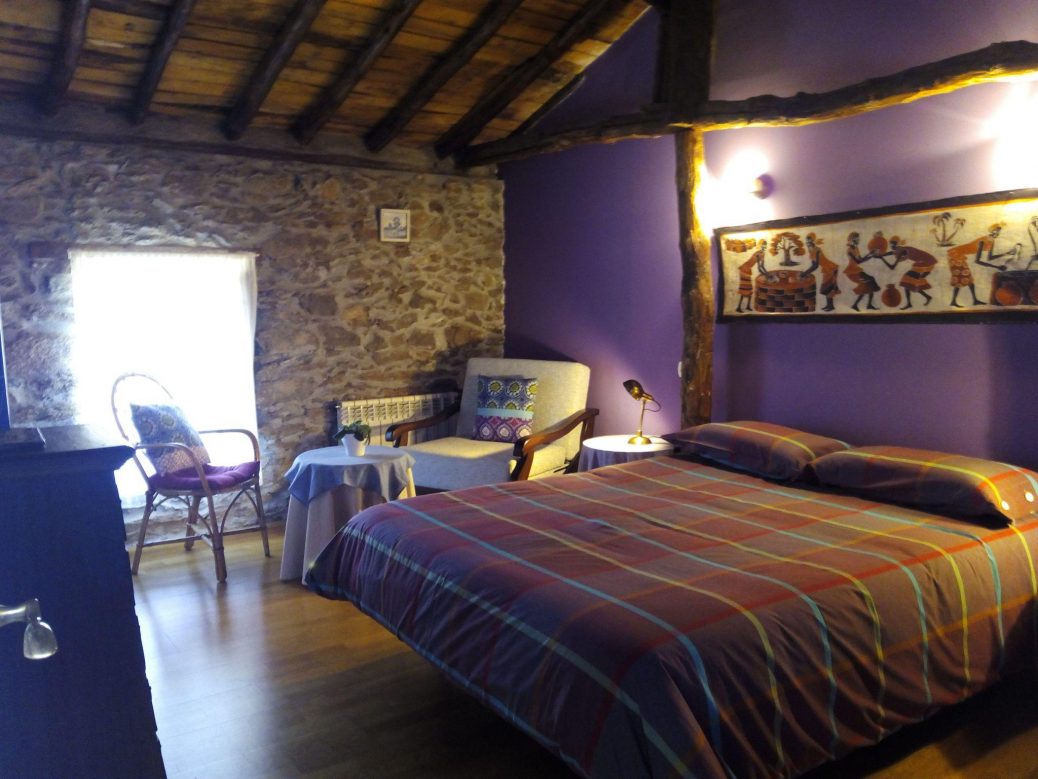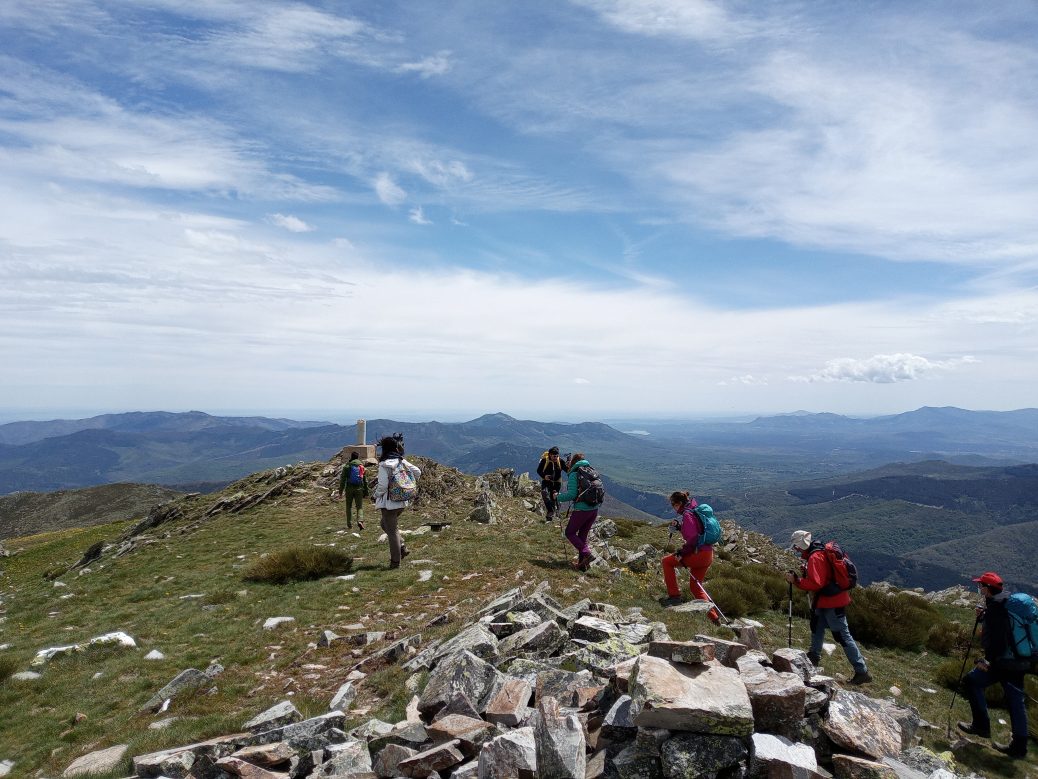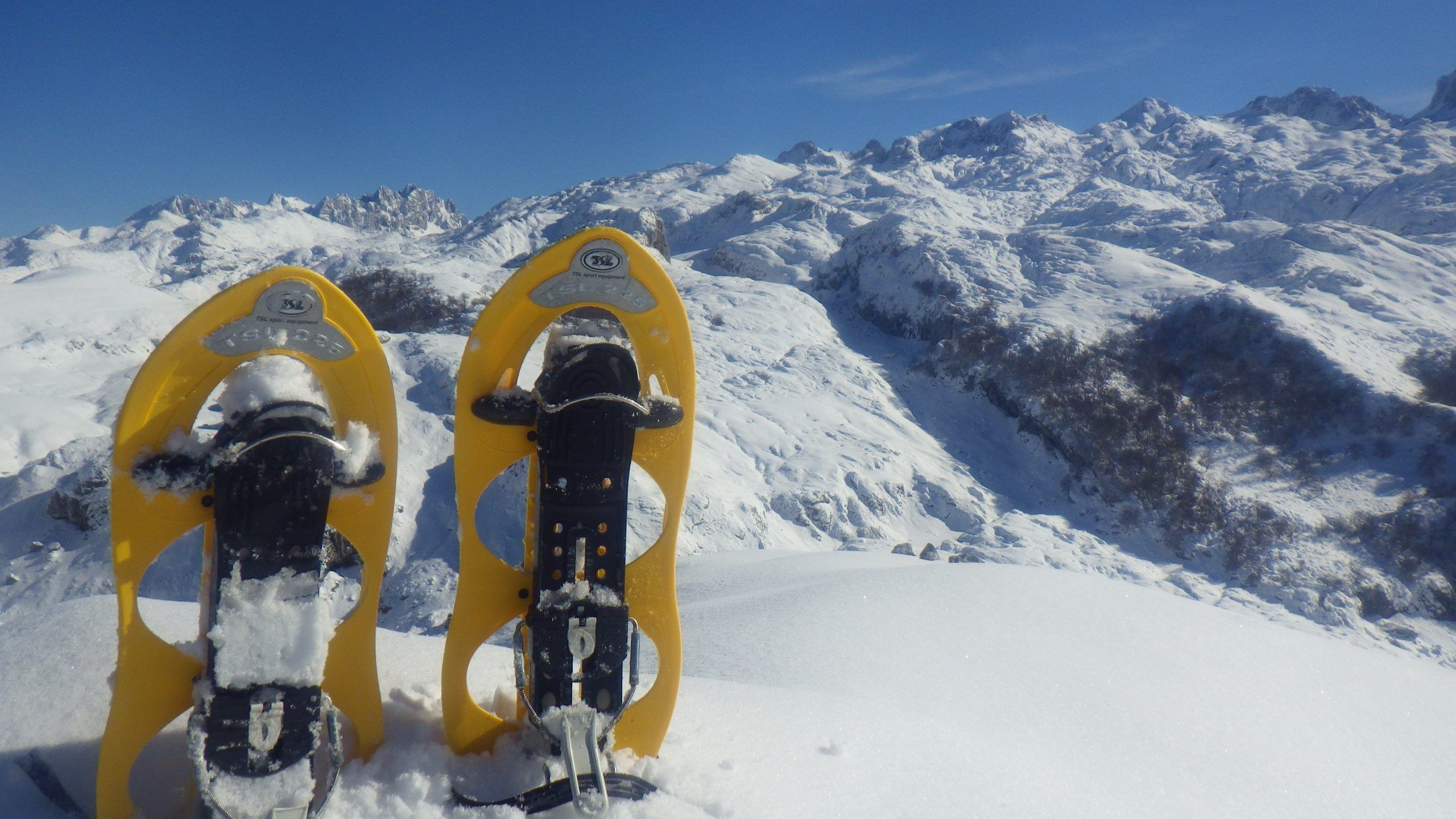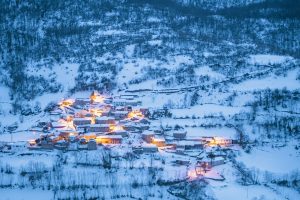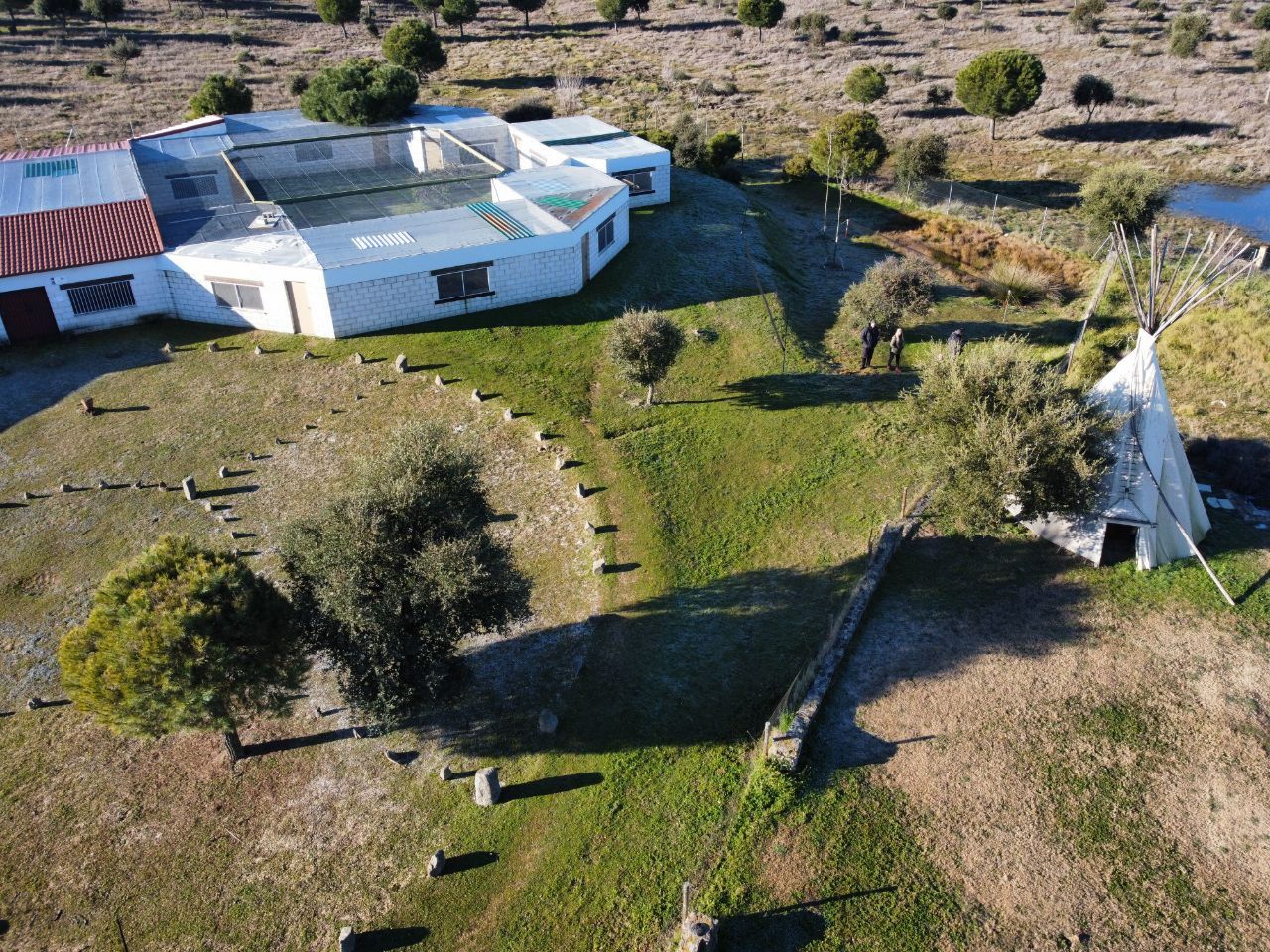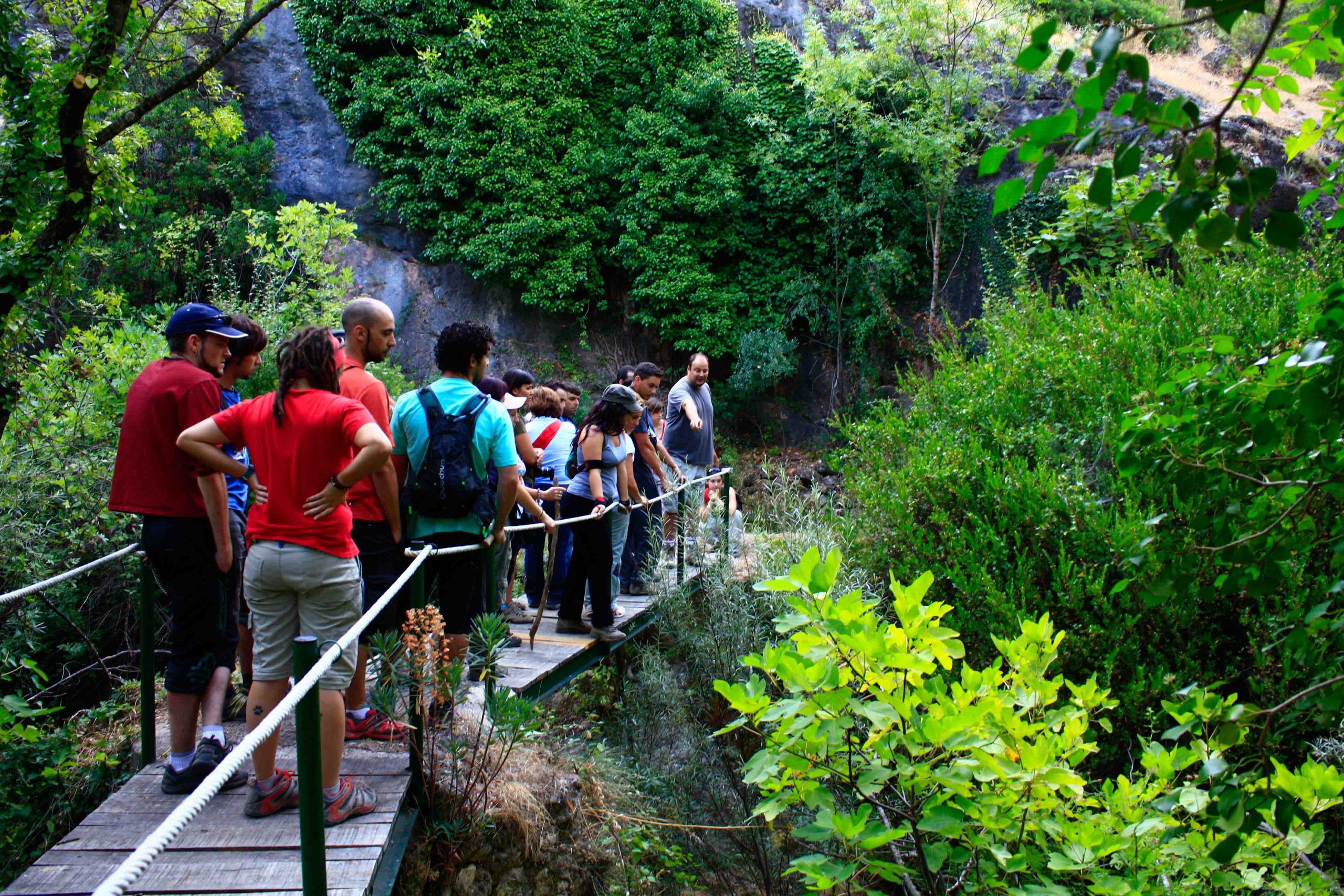Ecotourism in the Atlantic Islands of Galicia National Park
We invite you to discover the Atlantic Islands of Galicia National Maritime-Terrestrial Park, where the destination and several tourism companies are accredited with the European Charter for Sustainable Tourism in Protected Areas (ECST). This accreditation is key to becoming a member of the Ecotourism Club in Spain as it shows a real commitment to sustainable tourism and the conservation of the protected area. It is also an important tool to promote fruitful collaboration between companies and the protected area authorities, whilst creating awareness of environmental issues to residents and tourists.
The Atlantic Islands of Galicia are an archipelago with four main islands (Cíes, Ons, Sálvora and Cortegada) and several islets located on the northwest coast of Spain. This is a destination full of contrasts bursting with wildlife and stunning coastal landscapes. There are many endemic plants and others that find their last refuge in these islands. For example, you can see the Linaria arenaria in the sandbanks and dunes or the Angelica pachycarpa on the cliffs, a plant exclusive to the northwest of the peninsula and frequented by colonies of seagulls. In the more sheltered areas, you can find native trees such as the cerquiño.
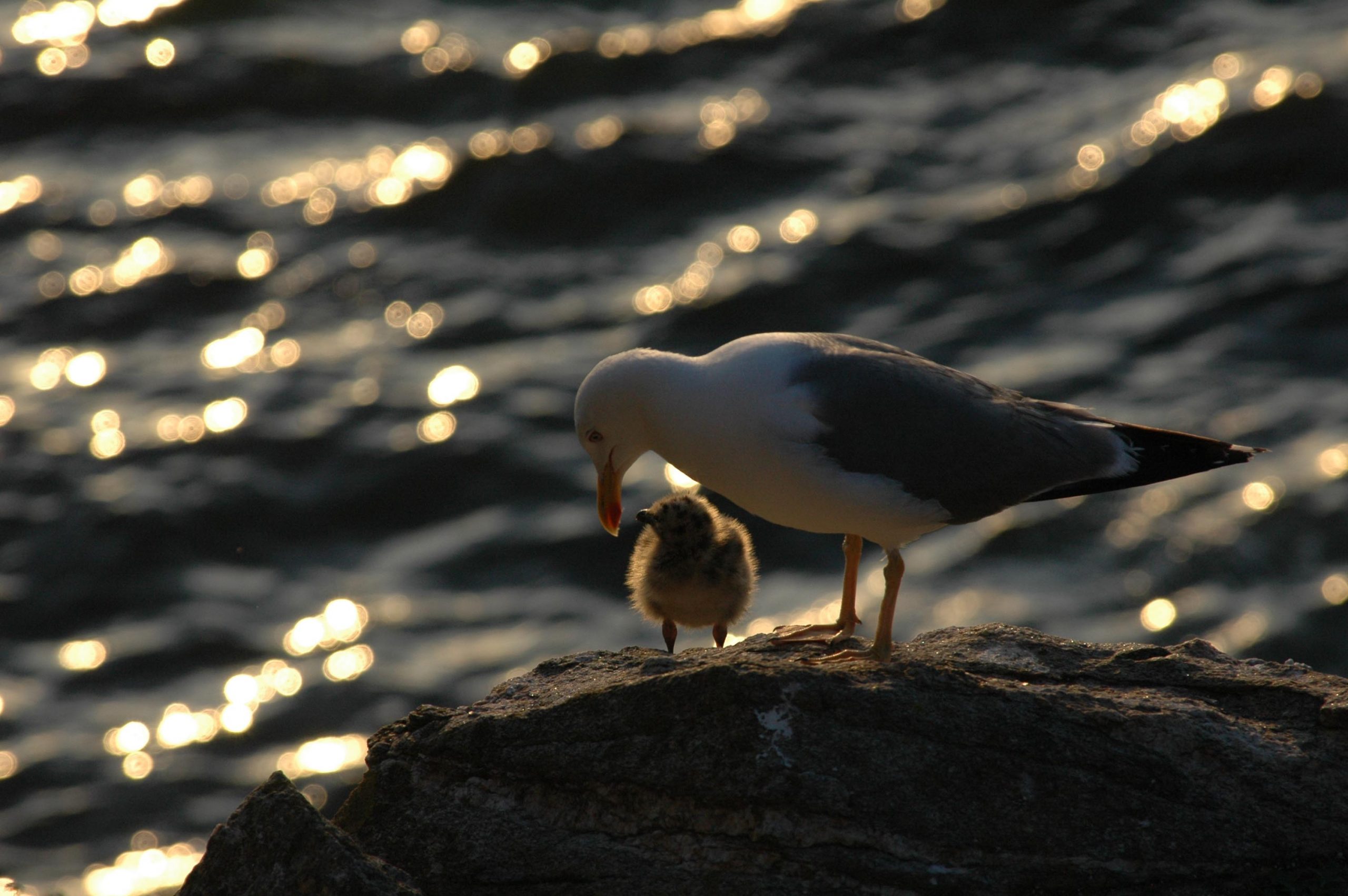 The fauna is not far behind either, with predominance of seabirds such as the yellow-legged gull, the Ashy shearwater or the shag, as well as other migratory birds such as the gannet, the osprey or the Balearic shearwaters.
The fauna is not far behind either, with predominance of seabirds such as the yellow-legged gull, the Ashy shearwater or the shag, as well as other migratory birds such as the gannet, the osprey or the Balearic shearwaters.
Inland you can find the ocellated lizard, the largest in Europe with a body size of 20 cm that has become an icon on every island of the National Park. Another popular animal is the purebred Galician horse on the island of Sálvora and other mammals such as rabbits, otters or bats.
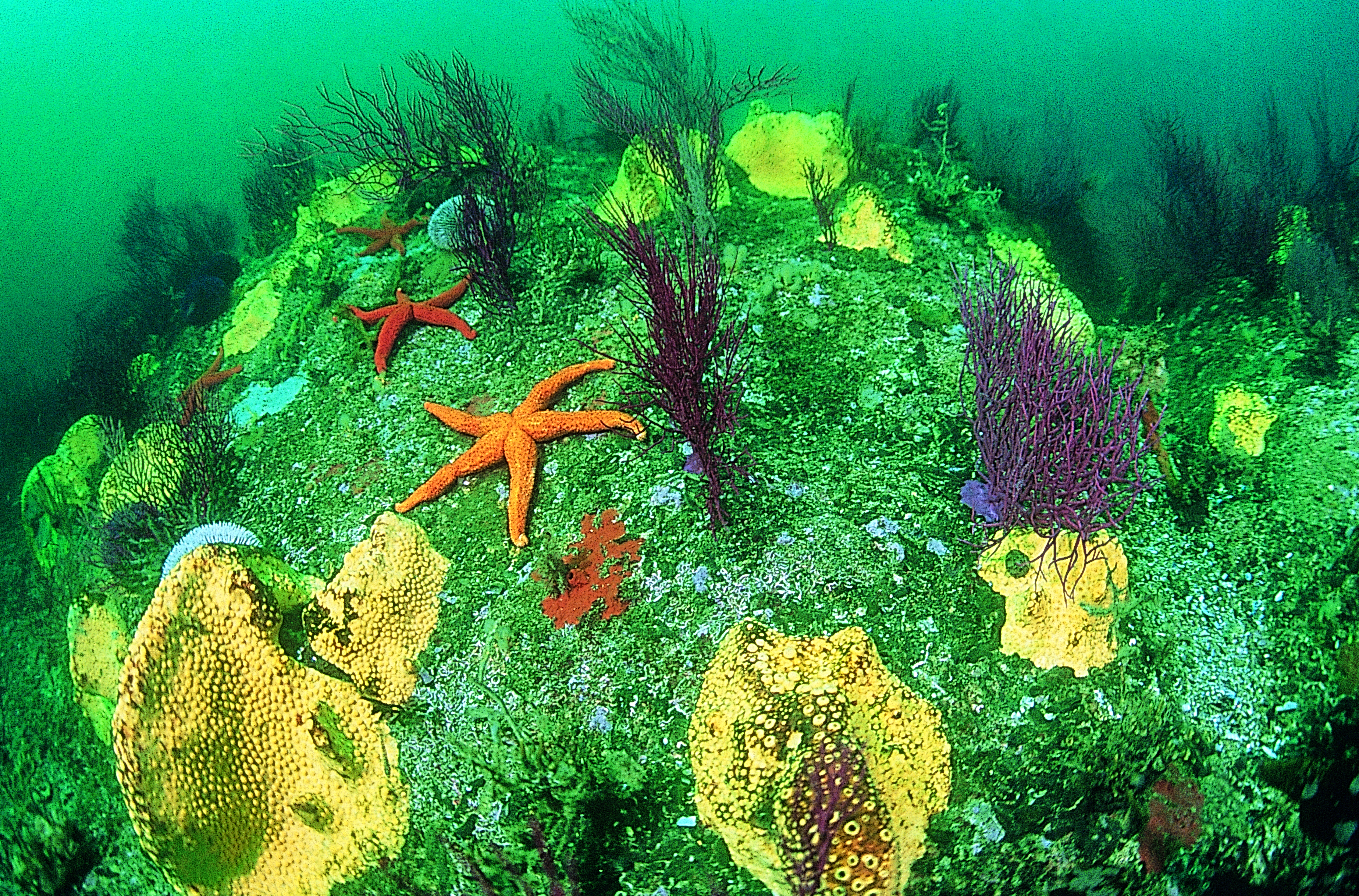
Nonetheless, the great treasure of the National Park is found underwater. In the depths of the Atlantic ocean you can find algae forests, rock molluscs and other species such as anemones, spider crabs, seahorses, urchins, snails, crabs, San Pedro fish, octopus and even dolphins.
At Soy Ecoturista we would like to help you plan your next getaway to the Atlantic Islands of Galicia so the next section is focussed on the best accommodations, activities and experiences providers that are accredited by us and can guarantee the best ecotourism trip.
Where to sleep in the Atlantic Islands of Galicia
Camping Isla de Ons
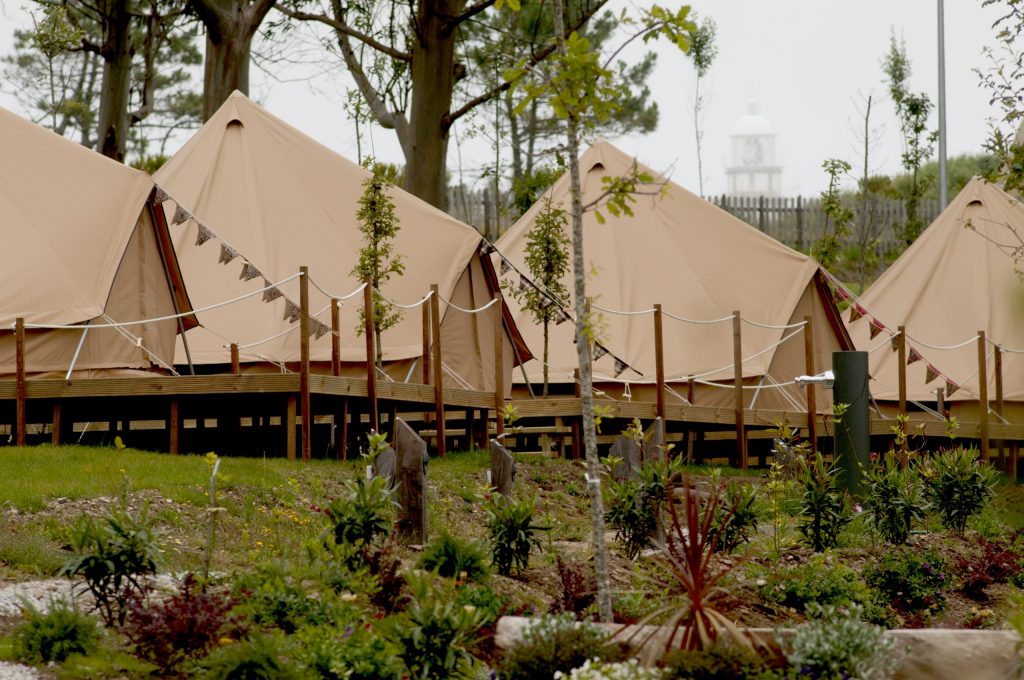
Camping Isla de Ons, located on the island of the same name, is an ecological campsite built using wooden modules to integrate the facilities into the environment. It is the first campsite in Galicia that has a totally self-sustainable glamping area.
The campsite has the capacity for 209 campers in 40 pitches including free pitches, standard tents and glamping area. There is a reception area, a coffee shop, restaurant, laundry and toilets/showers facilities. The site is accessible for reduced mobility users.
Camping Islas Cíes
Camping Islas Cies is located in Isla del Faro, in a privileged location to link with local hikes and routes, to enjoy the local gastronomy and to take part in tourism activities.
The site is located on the shore of a lake overlooking Rodas beach and it has a capacity of 600 campers. You can bring your own tent or rent one in reception and use their toilets/showers, restaurant, small supermarket, social room and coffee shop.
Unique experiences with professional companies in the Atlantic Islands of Galicia
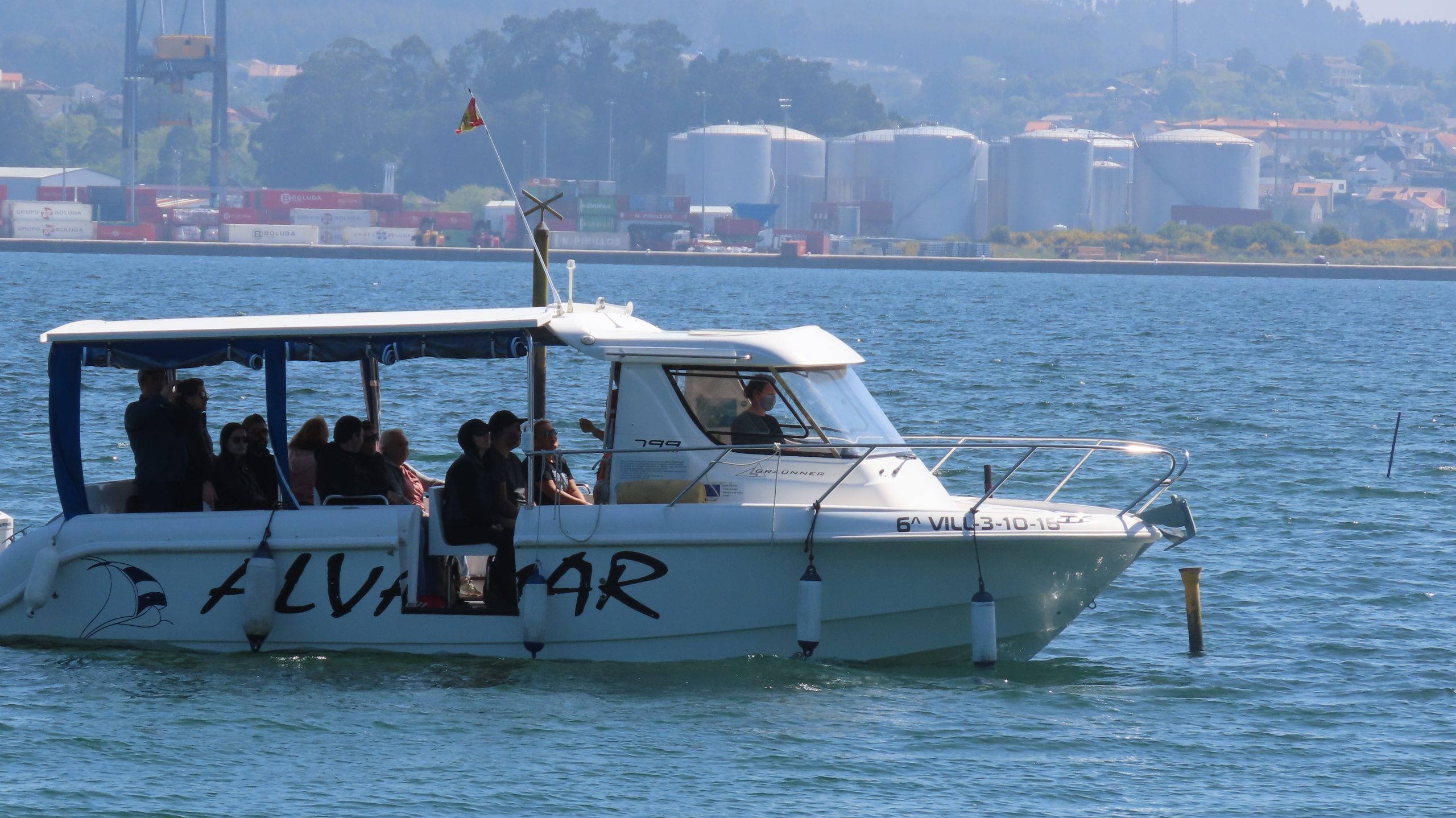 Alvamar Náutica
Alvamar Náutica
Alvamar Nautica is a boat trip company that takes visitors to the four main islands of the archipelago during the day. At night, the boats turn into the best stargazing spot to learn about constellations and stars from the sea. There are accessible boats for visitors with reduced mobility and they provide all the equipment needed depending on the tour.
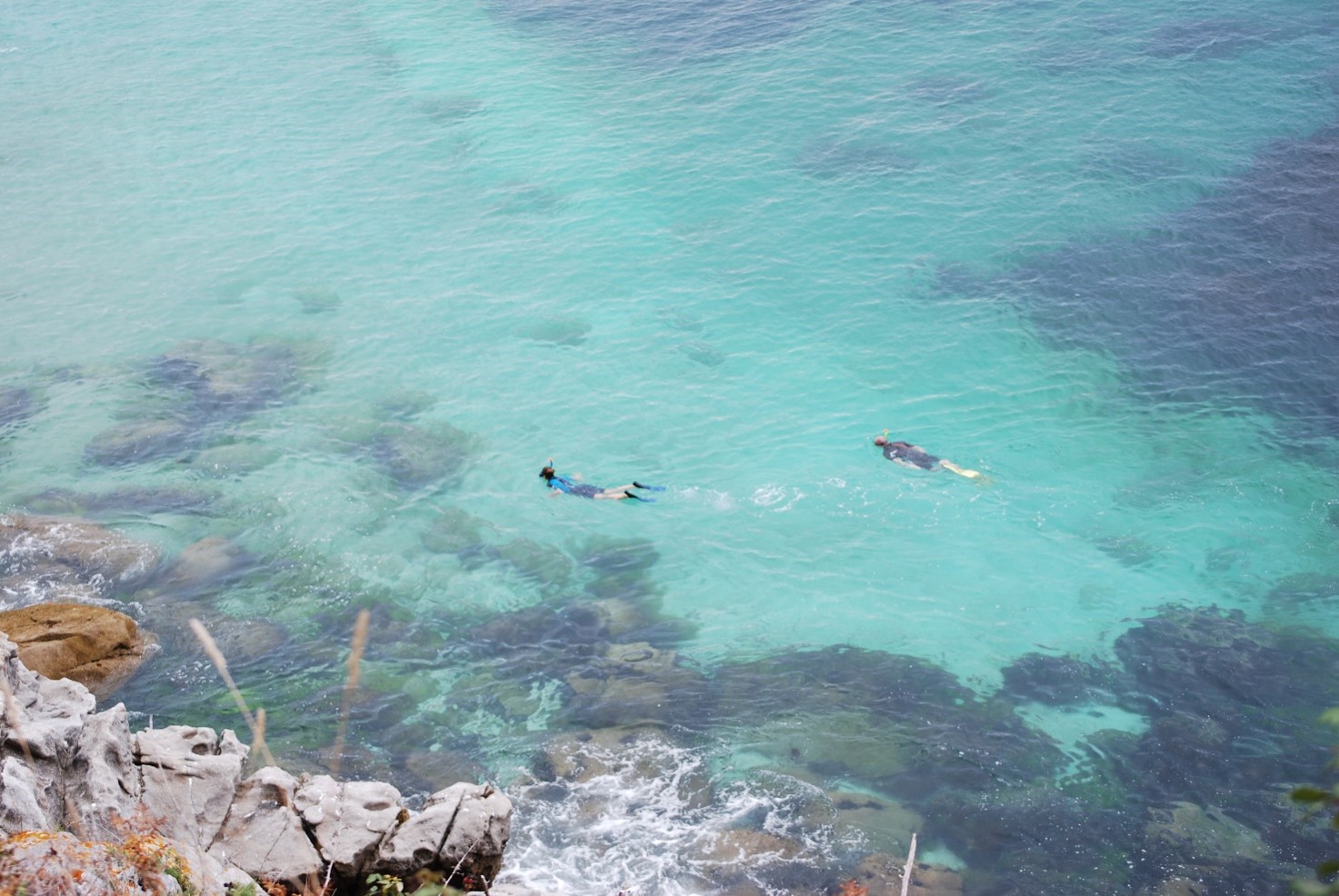 Camping Islas Cíes
Camping Islas Cíes
At the campsite, it is possible to book ecotourism activities such as guided tours, kayaking, diving, stargazing and children’s workshops and activities. They also provide any equipment needed for the day.
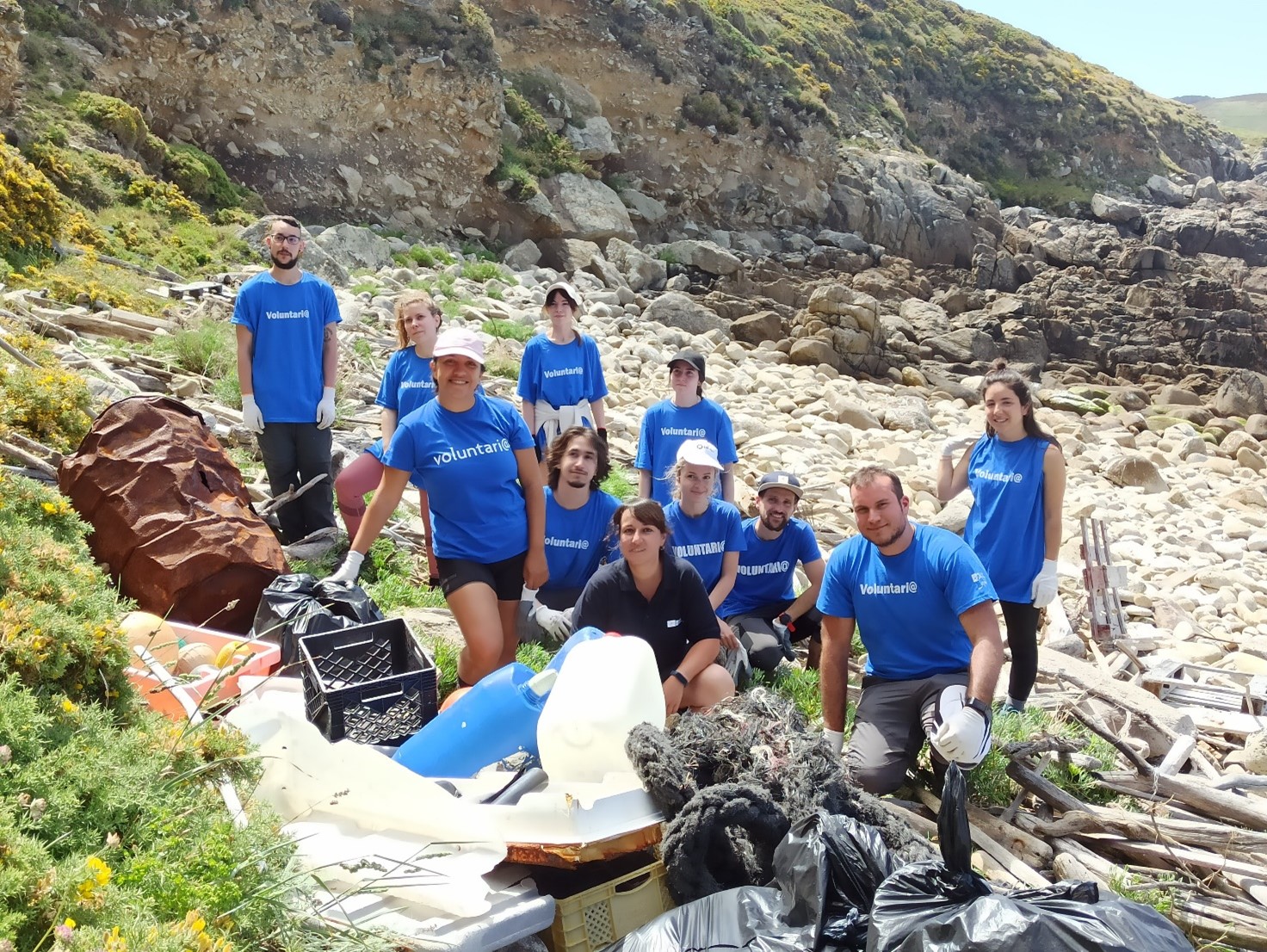 Corticata Turismo Ambiental
Corticata Turismo Ambiental
The ecotourism company Corticata Turismo Ambiental can take you on guided treks and tours, kayak trips and night tours such as the “ruta do Apóstolo”. They can help you build your own experience depending on your wishes and the expertise of the local guides.
 Arenaria
Arenaria
Arenaria is a company of oceanography professionals whose aim is to raise awareness of the importance of ocean science and environmental education. They offer different activities such as guided tours, science workshops, school trips, snorkeling and clue games to learn and discover the ecosystem in a fun and entertaining way.
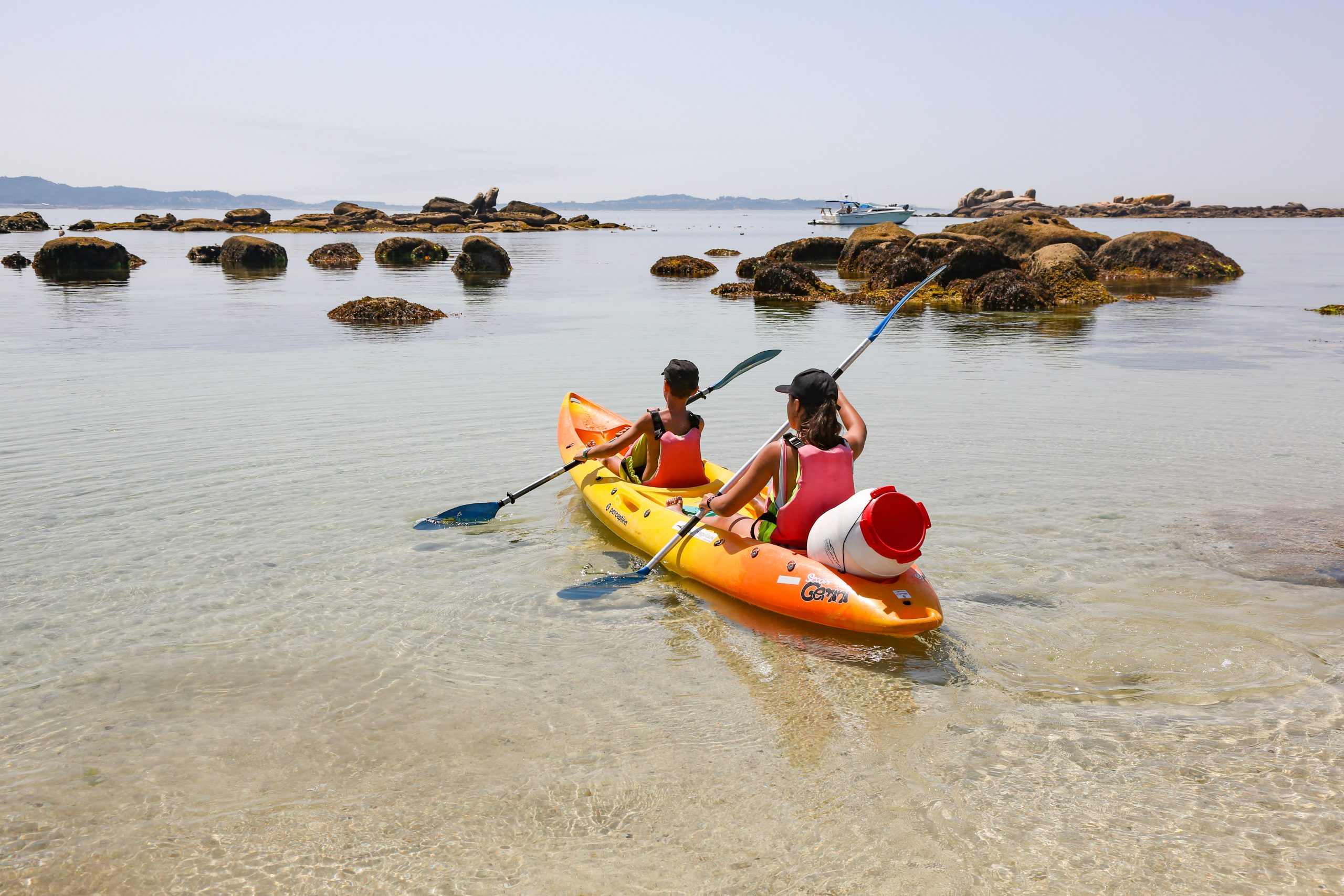 Piragüilla Ocio y Aventura
Piragüilla Ocio y Aventura
Canoe Leisure and Adventure offers a wide variety of nature-based activities focused on kayaking. Their team is made up of canoeists, guides from the National Park, athletes, leisure professionals and sports and nature activities trainers.
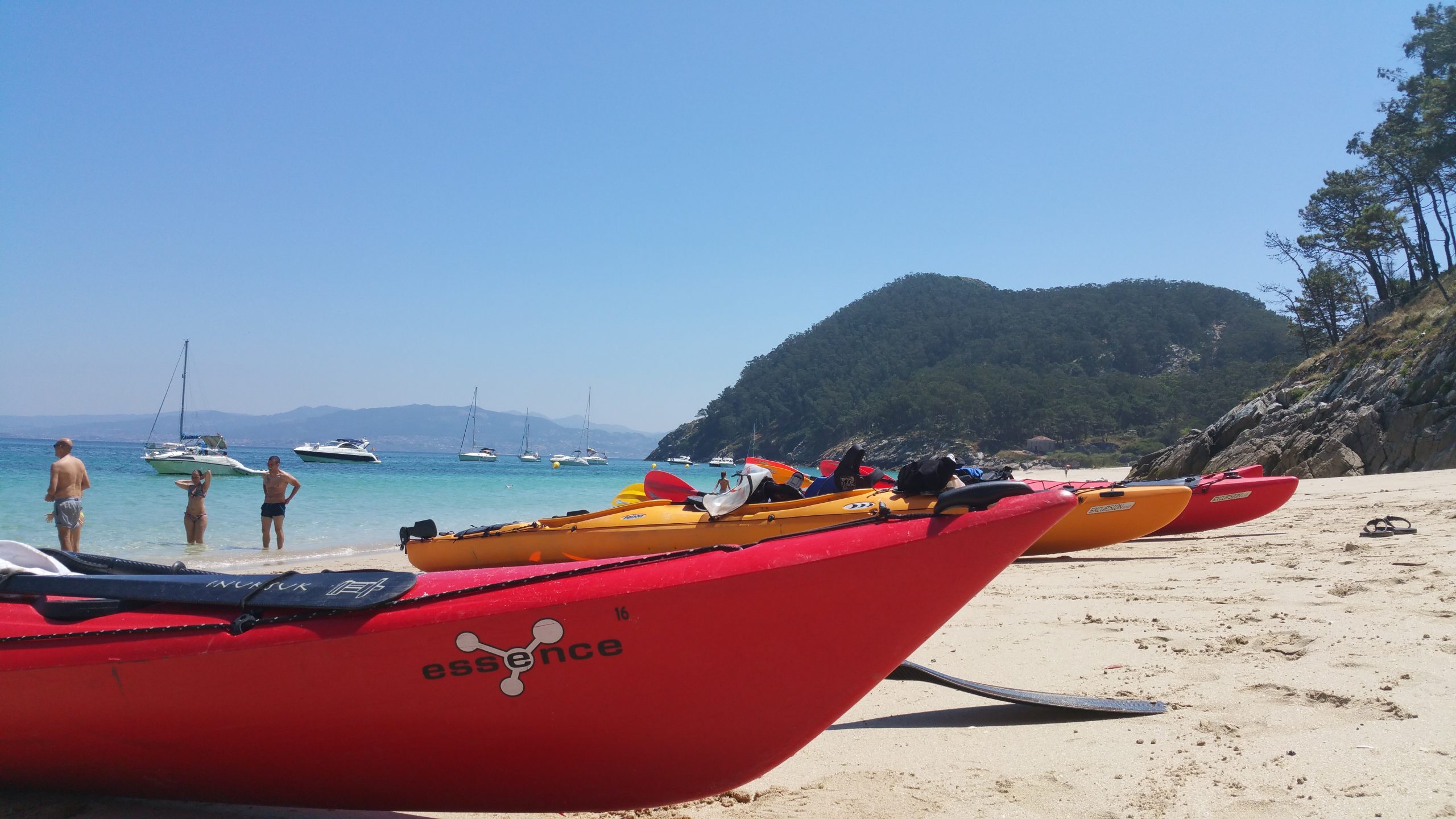 Nordeskayak
Nordeskayak
Nordeskayak is a company that explores new alternatives in the world of sea kayaking. Their activities promote the kayaking culture, whilst learning about the environment and the marine and coastal ecosystem from their team of experts.
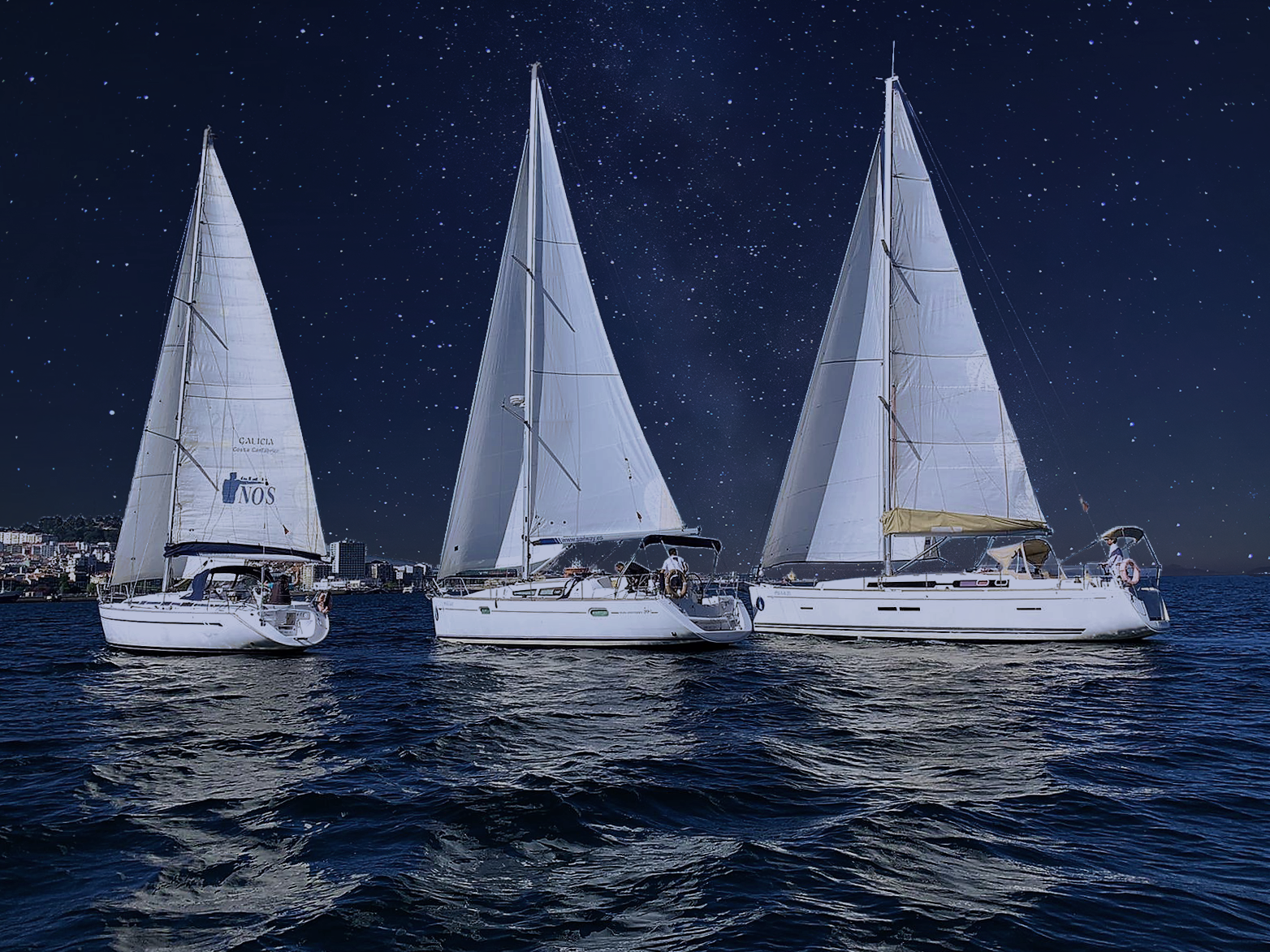 Sailway
Sailway
Sailway is a company that promotes sailing training, charter boats and sailing experiences in the Rías Baixas and in the waters of the Atlantic Islands of Galicia National Park. The starlight experience and the trip to Cíes Island are two of the best selling sailing adventures.
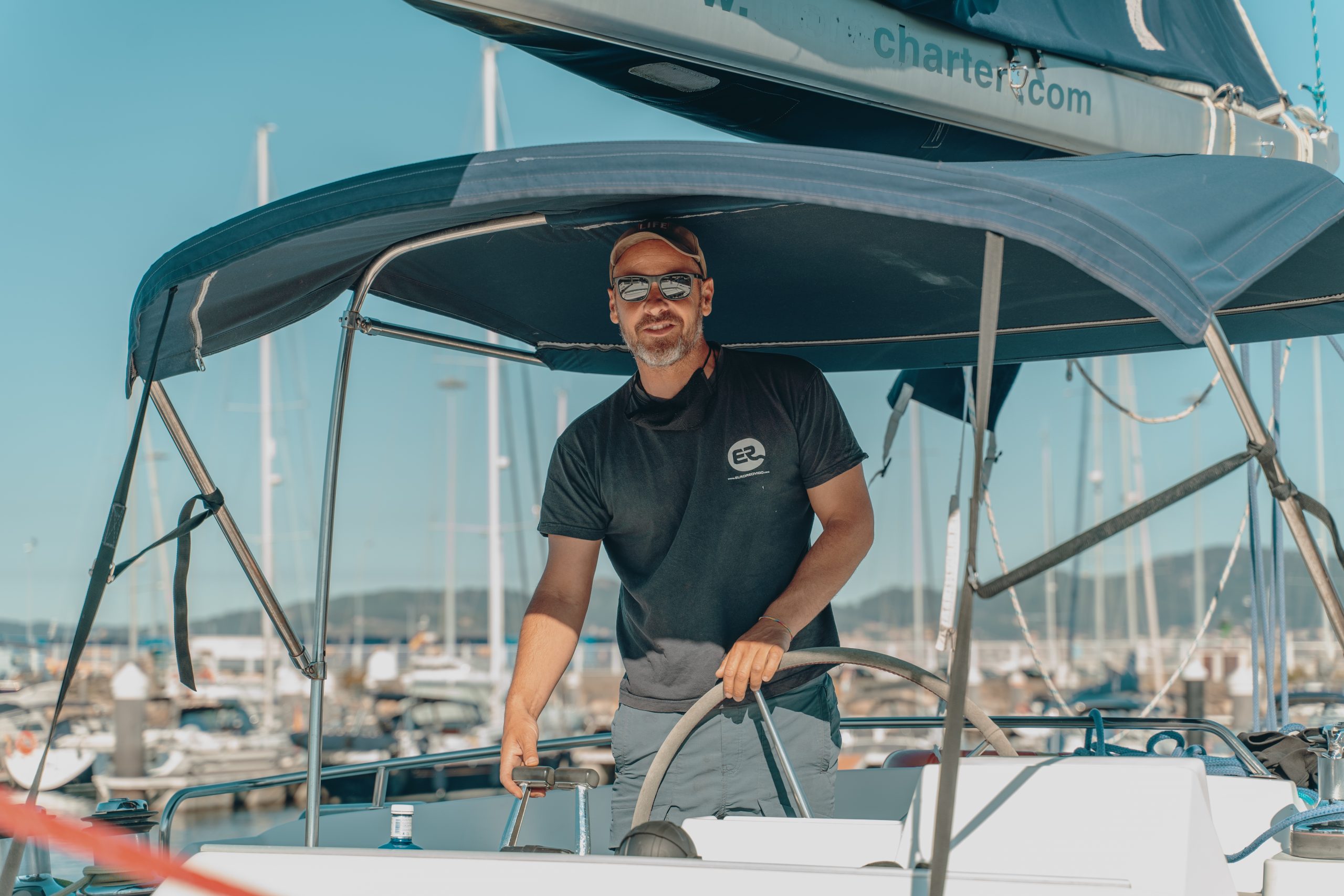 Chárter Terranova
Chárter Terranova
Charter Terranova is a sailing company with two catamarans with a capacity for up to 12 people. The boats are fully equipped and are ideal for exploring the waters of the Atlantic Islands. The services on offer are exclusive and totally personalised, with activities such as discovering the rafts where the best mussels are produced, visiting the most unique fishing villages or strolling in the most impressive virgin beaches.
Amare Turismo Náutico
Amare Turismo Náutico is a sailing company that organises tours and activities to educate and raise awareness of the marine ecosystems whilst promoting local sea produce. Some of the tours include the fishing gear route, the Illa de Arousa tour, the Rúa and Areoso route or a visit to the island of Sálvora.
Intramar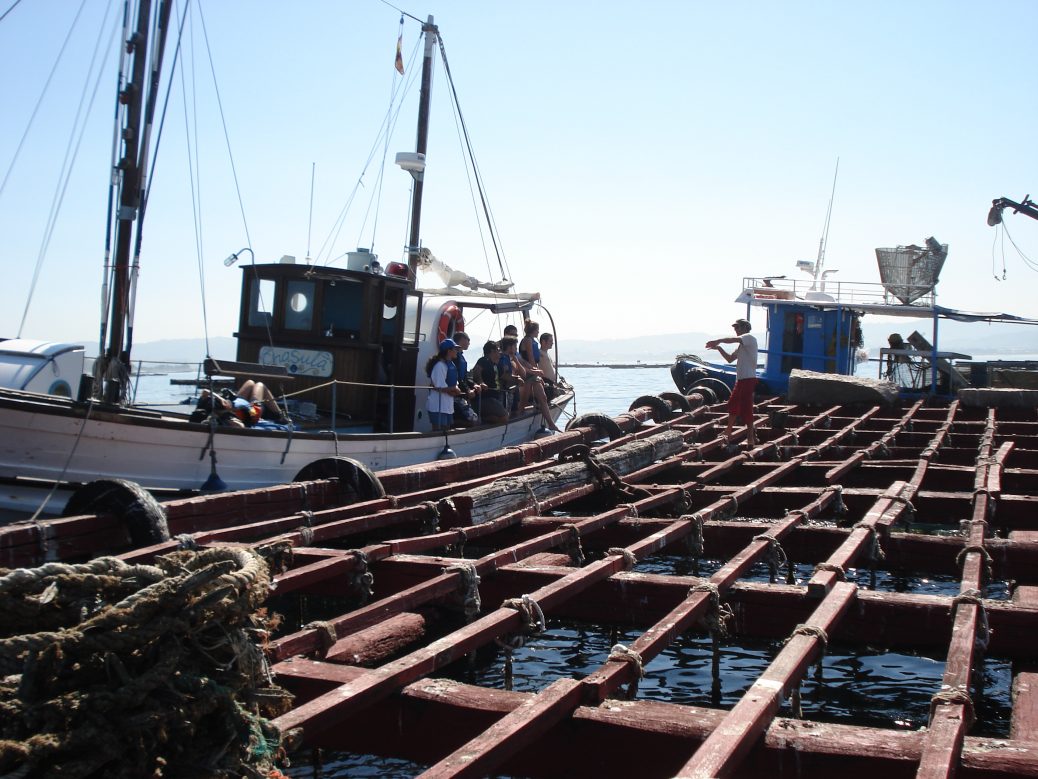
Intramar is a company that promotes the knowledge of the Chasula, a traditional Galician inshore fishing vessel that is now an epicenter for local environmental and cultural awareness. Additionally, Intramar offers guided tours to the different islands of the Atlantic Islands of Galicia National Park.
Babadiva Ambiental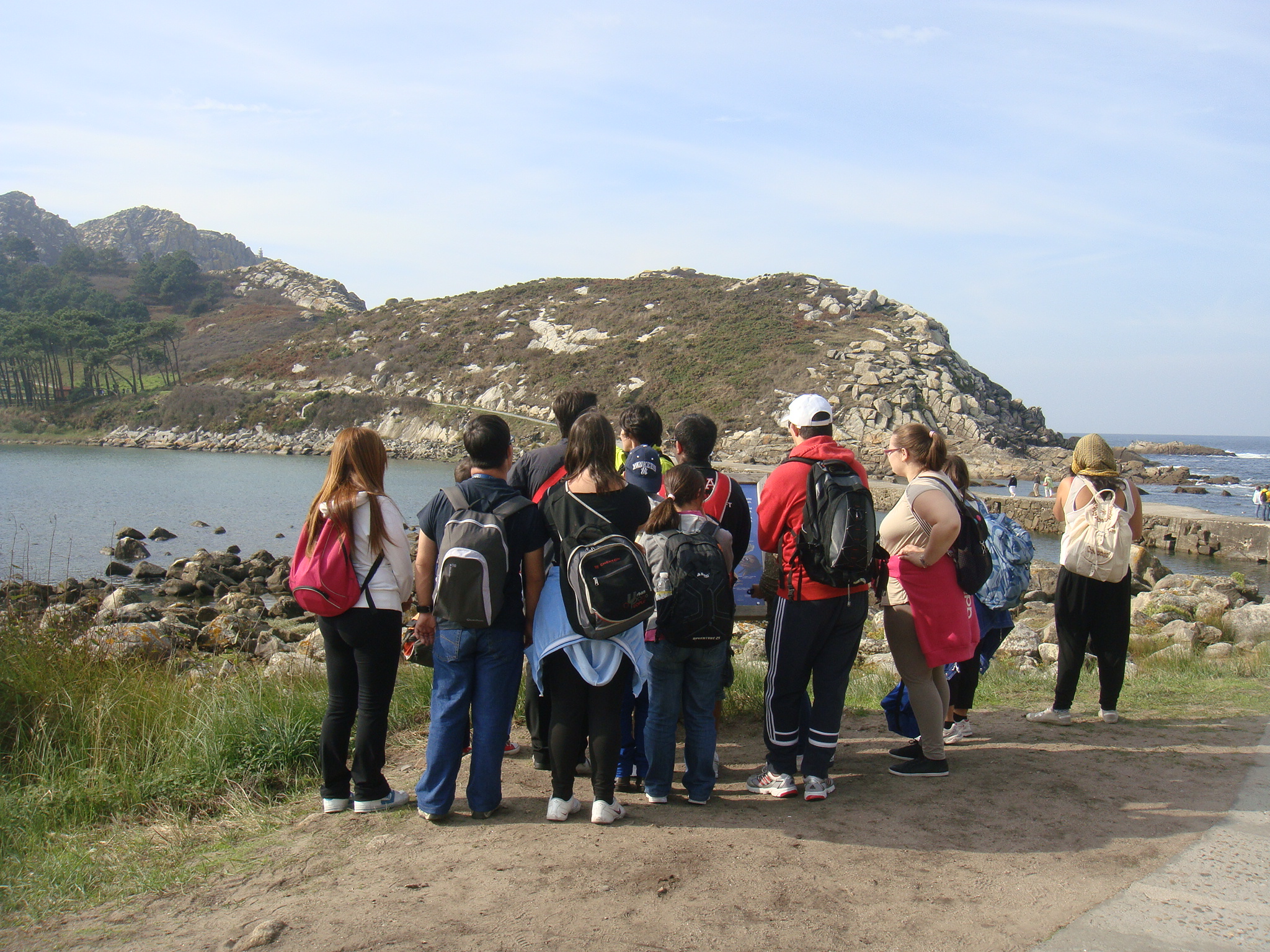
Babadiva Ambiental is a company of biologists specialised in environmental education and nature-based tourism. They promote guided and themed tours that last two hours, which include scientific learning activities about the natural environment..
Unmissable ecotourism experiences in the Atlantic Islands of Galicia
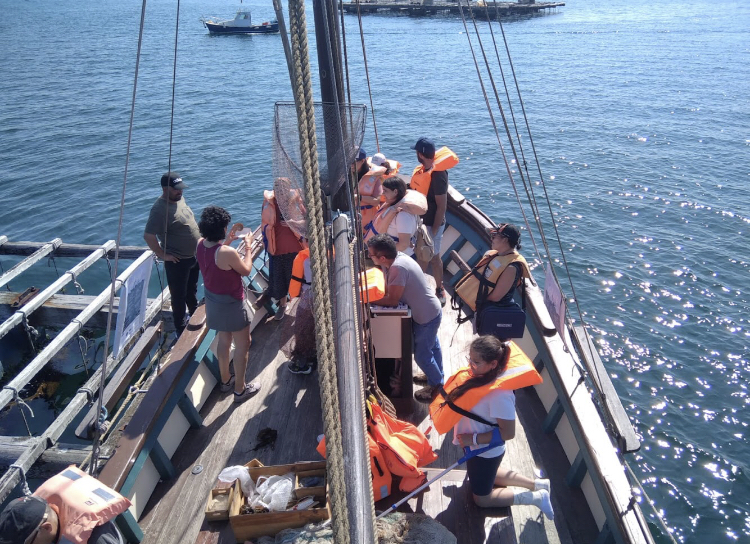
Discovering the marine biodiversity of Ría de Arousa and Sálvora
The companies of Arenaria and Intramar have come together to show you the best of the natural and cultural heritage of the Atlantic Islands of Galicia National Park. This experience involves a full day of sailing in a small group boat in the Salvora archipelago and the estuary of Arousa and its unique biodiversity.
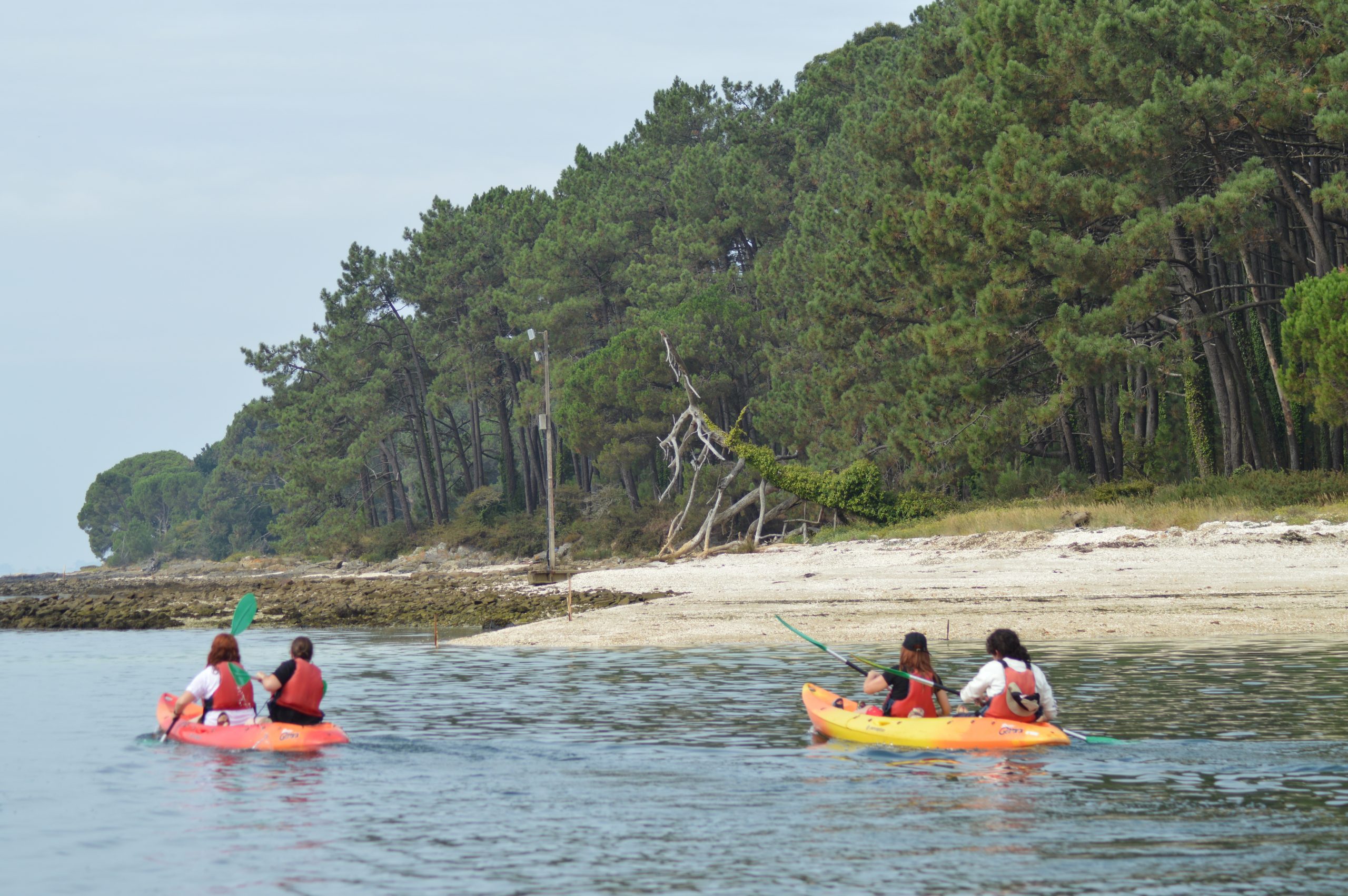
Kayak in Cortegada: The enigmatic island of laurels
The company Piragüilla Ocio y Aventura offers a unique kayaking experience on the island of Cortegada which is known for its floating forest, the largest laurel forest in Europe. The activity is designed for small groups and lasts between 4 and 8 hours. On the kayak trip to Cortegada you will have the opportunity to learn about the cultivation of the well-known Carril clam and experience the extraction of this bivalve. On the island you will be able to learn about stories, legends and curiosities of the area.
Route to Cortegada – The island of the tales of a thousand and one nights
Amare Turismo Náutico also organises a tour to Cortegada, where you can learn everything about the local wildlife and history of the place. During the journey to Cortegada, you will see other islands of the archipelago such as Malveiras and Briñas and you will have the opportunity to learn about the marine ecosystem. The experience includes two hiking trails along the coast to the famous laurel forest.
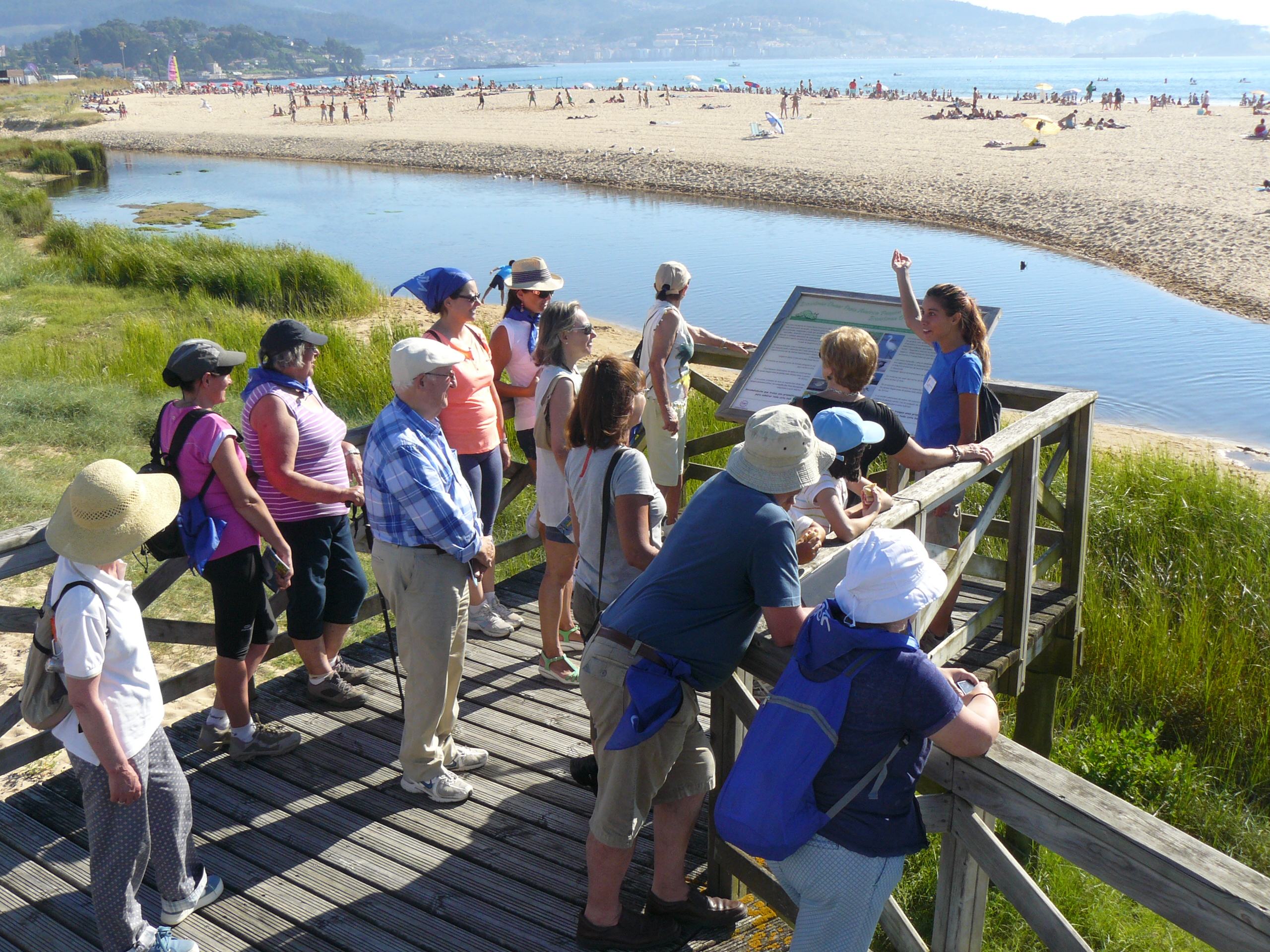
Life in the dunes: protecting the coast from the onslaught of the sea
Babadiva Ambiental is a company focused on raising awareness about the dune ecosystems of the Rías Baixas, which are teeming with life and play an essential role in the conservation of the beaches. The experience lasts two hours and you will be able to discover the benefits that oceans and dunes bring to our health, what you can do to protect the dune systems and take your chance to spot and learn about the flora and fauna of this ecosystem. The Ecotourism Club in Spain – Soy Ecoturista groups together destinations and companies which guarantee, by fulfilling a series of requirements, their commitment to conservation and local sustainable development. That is why it has created its own brand “Ecotourist in Spain” and the website www.ecotouristinspain.com, where you can find protected areas, accommodation and companies which offer their tourism services, as well as experiences and activities committed to the preservation of the area in which they take place.
